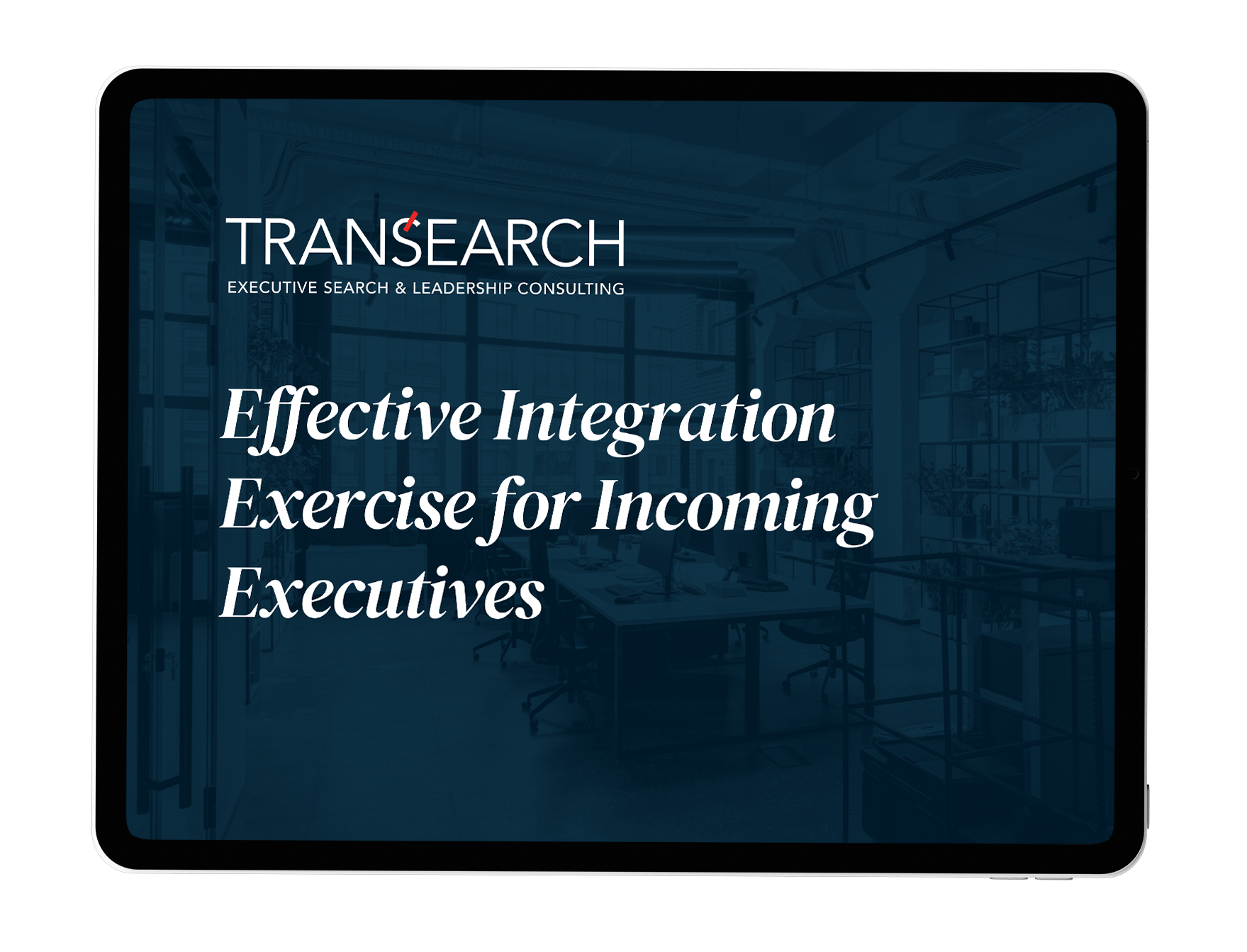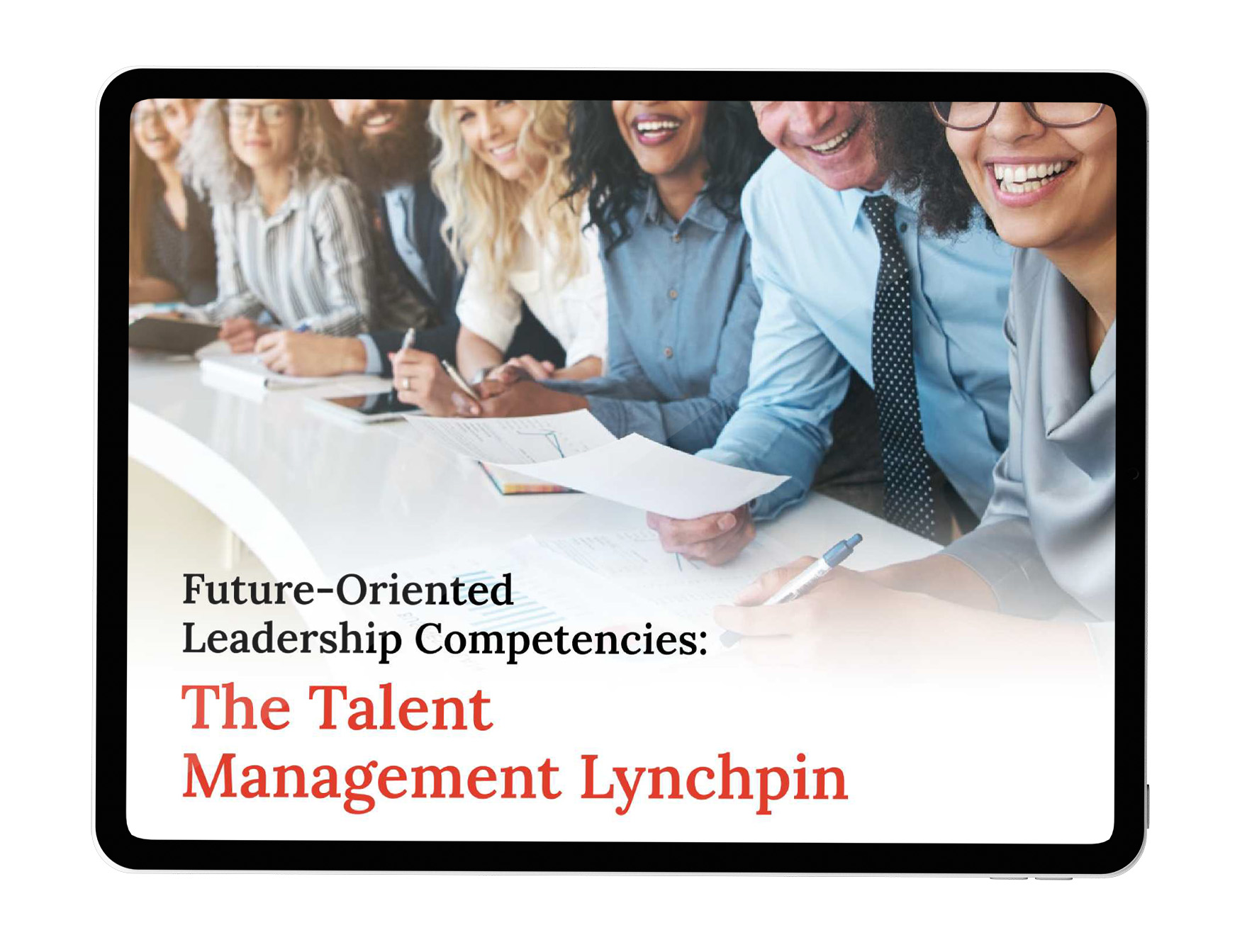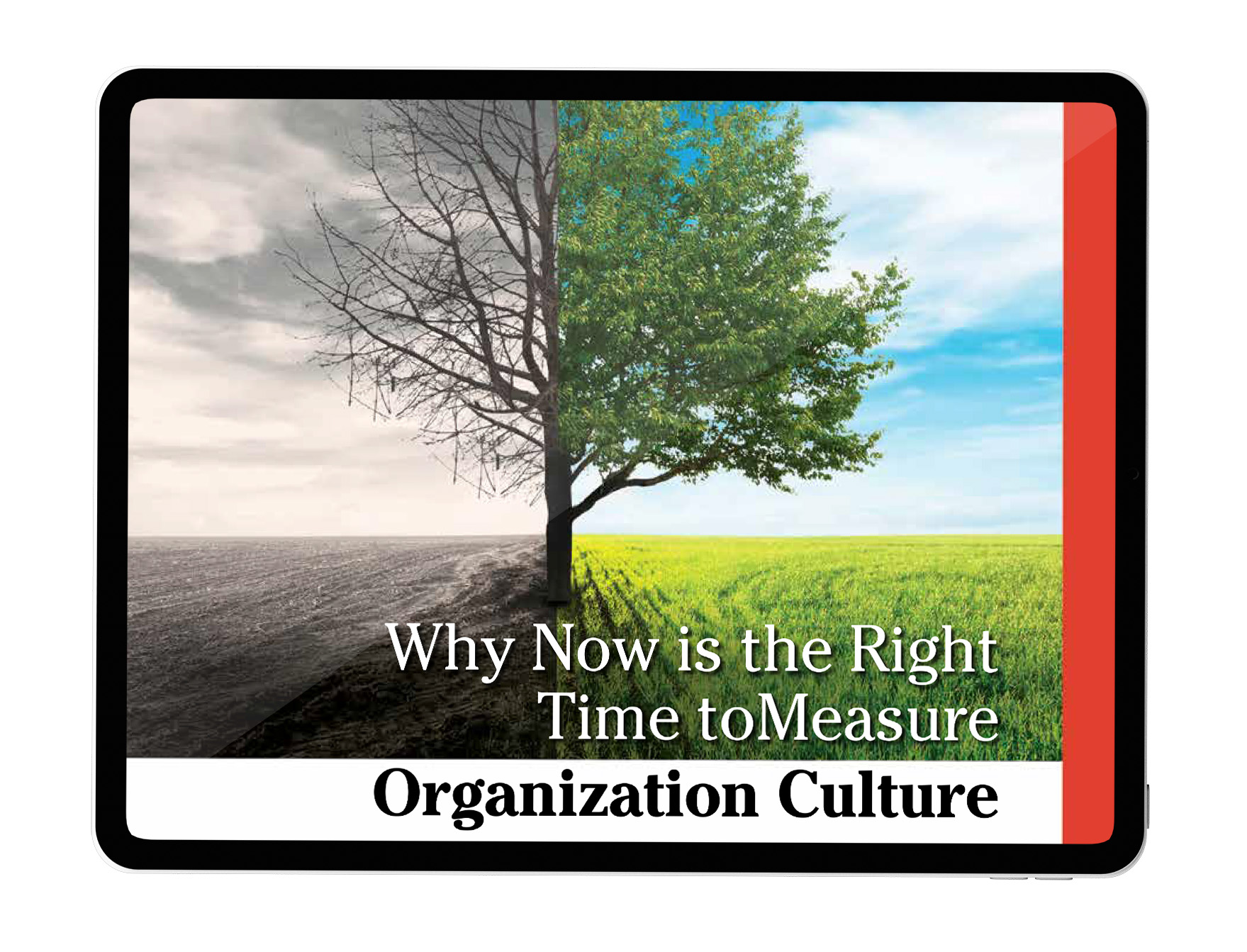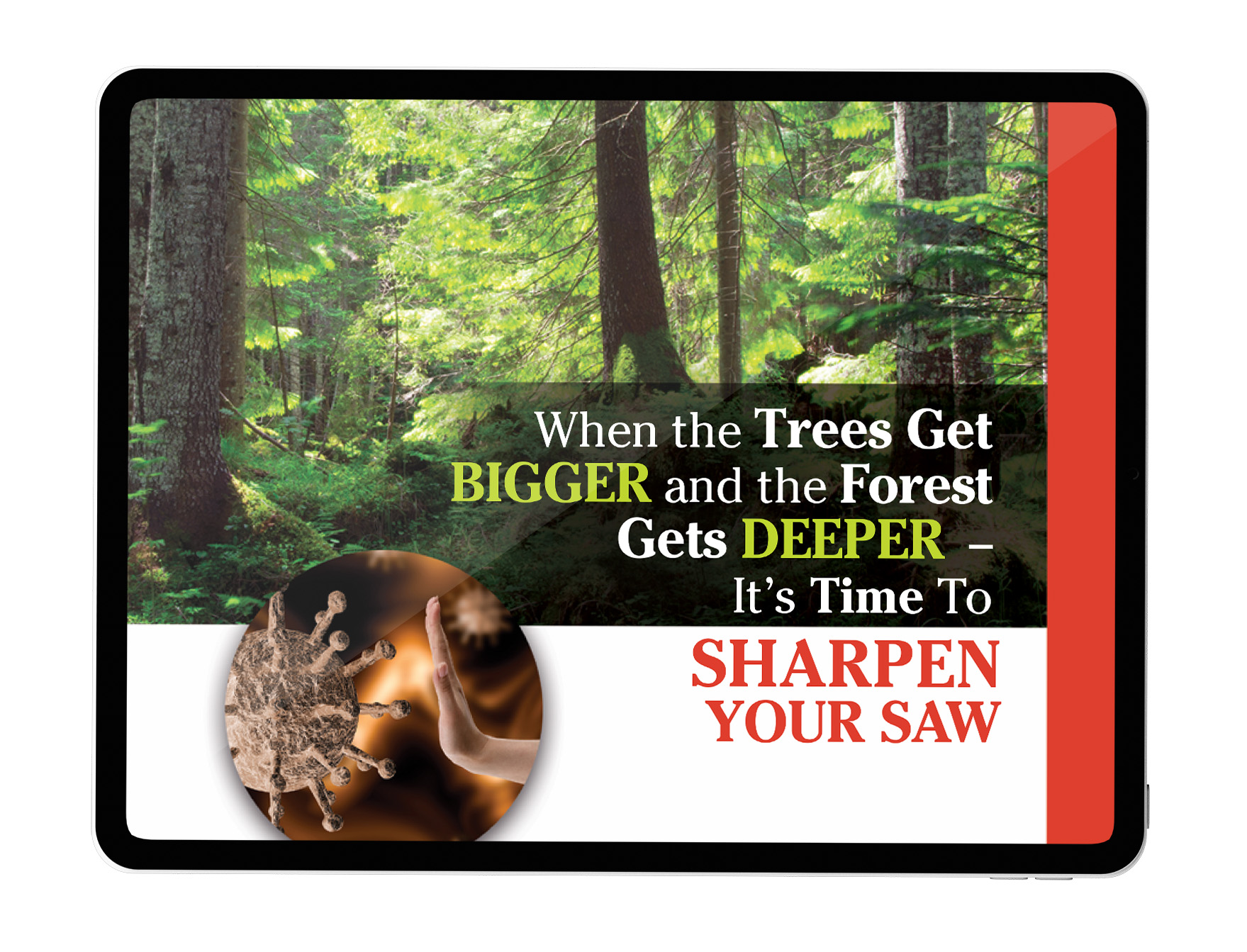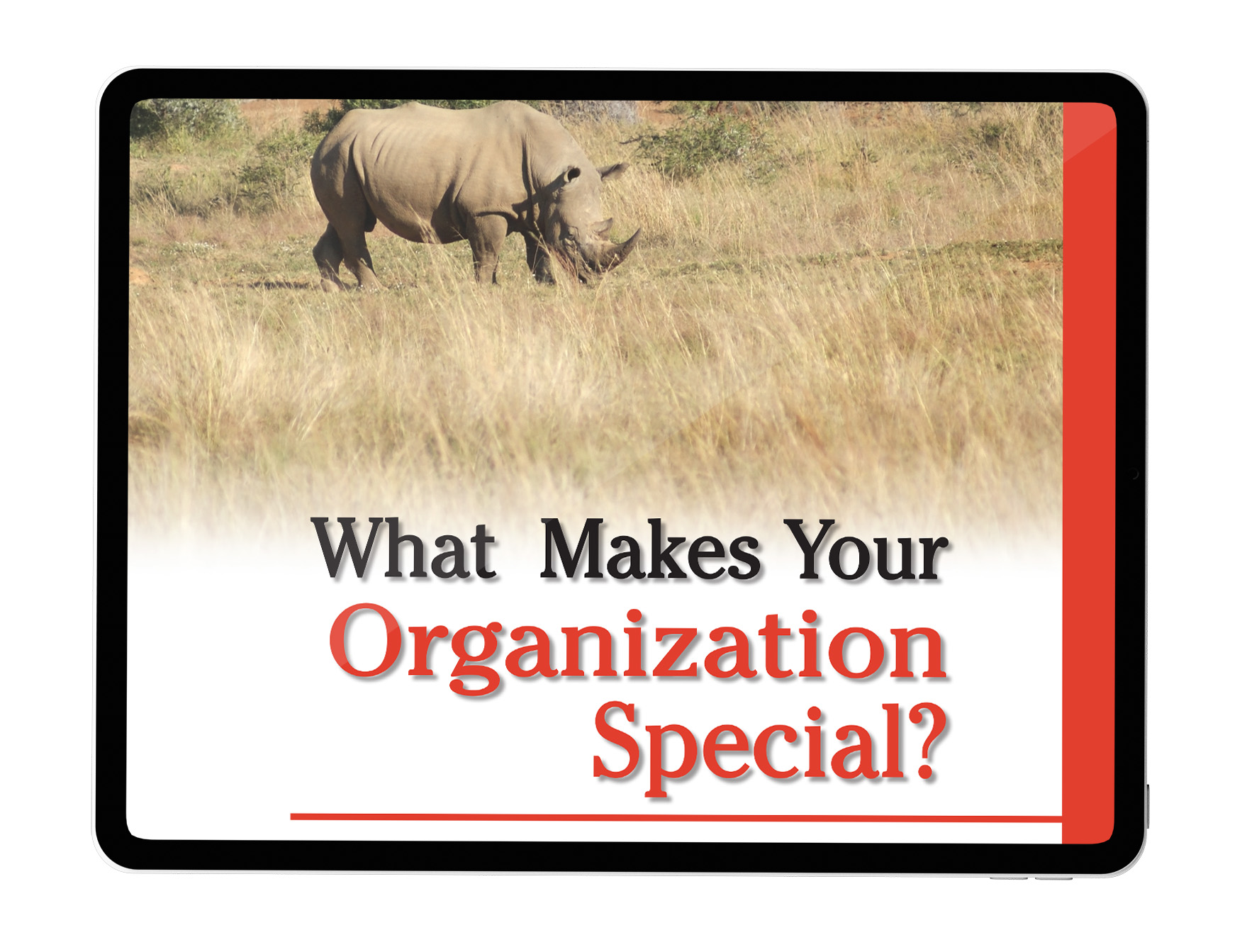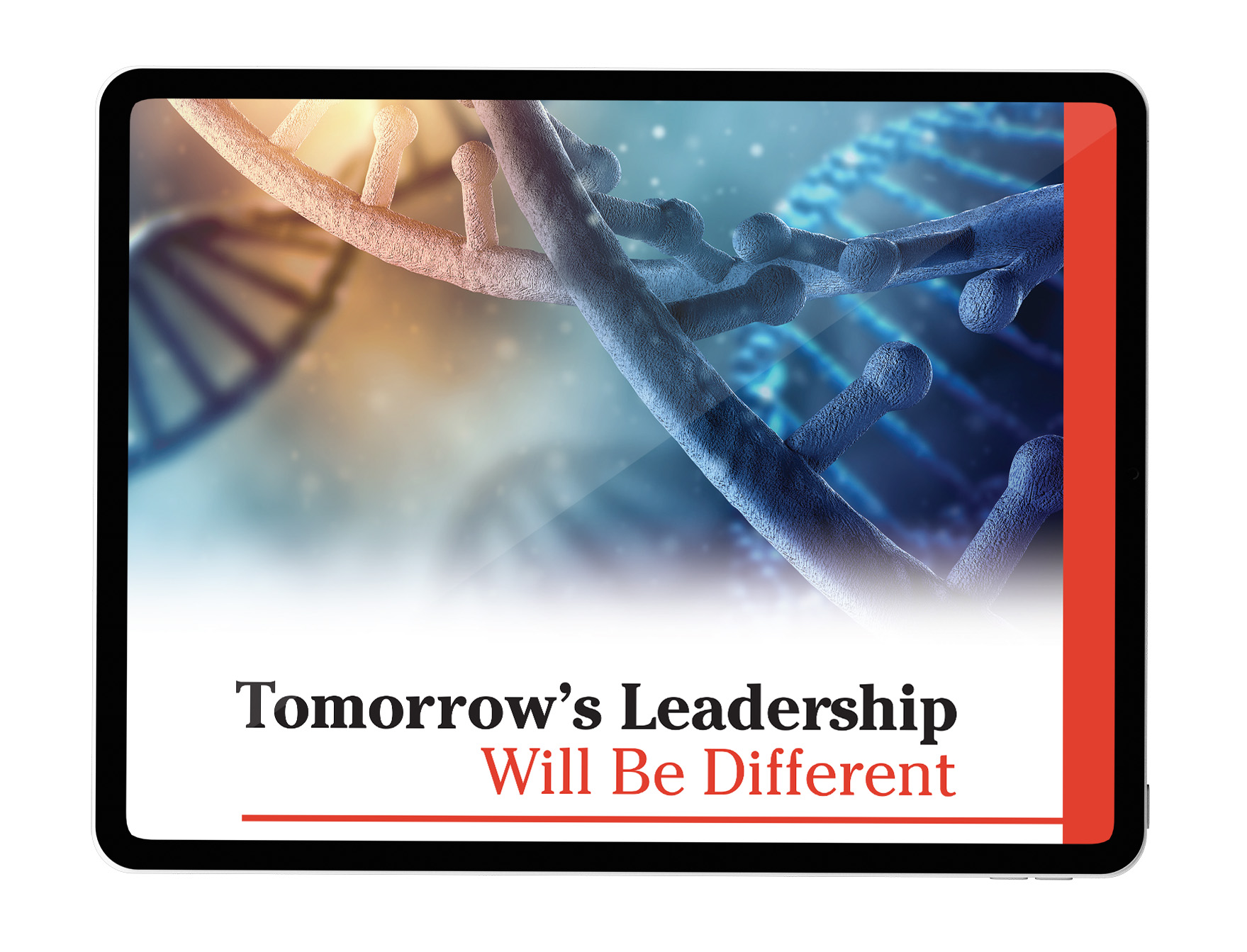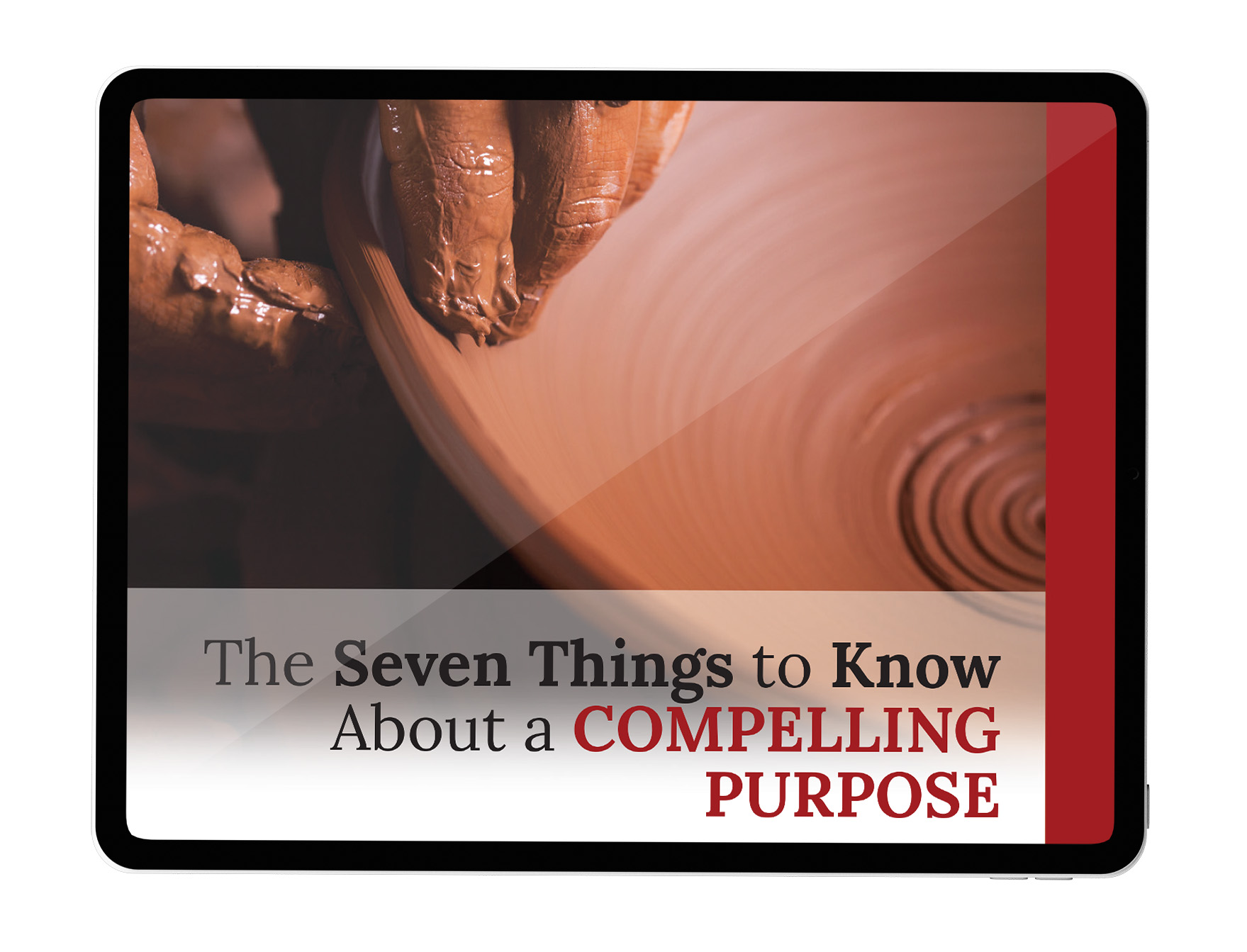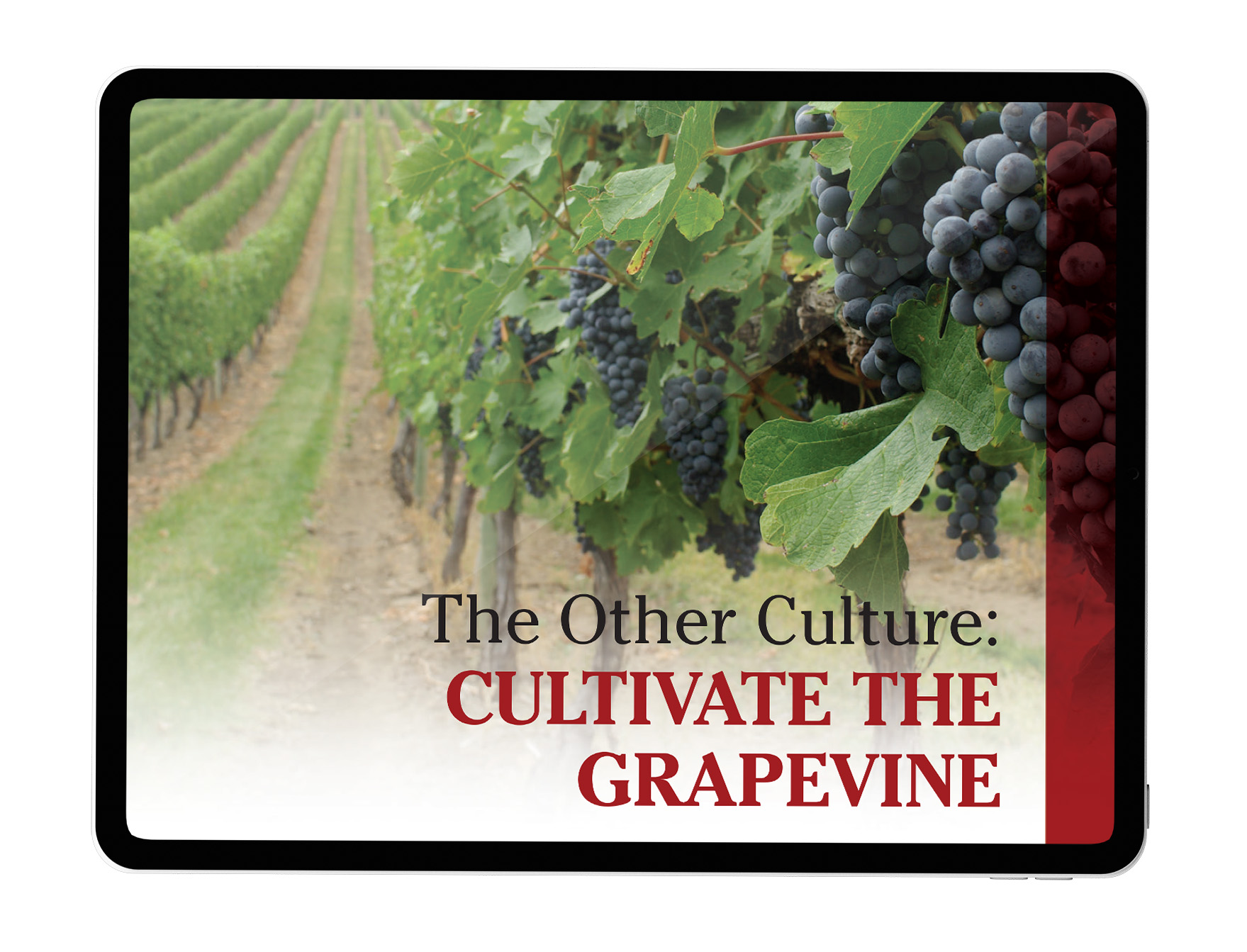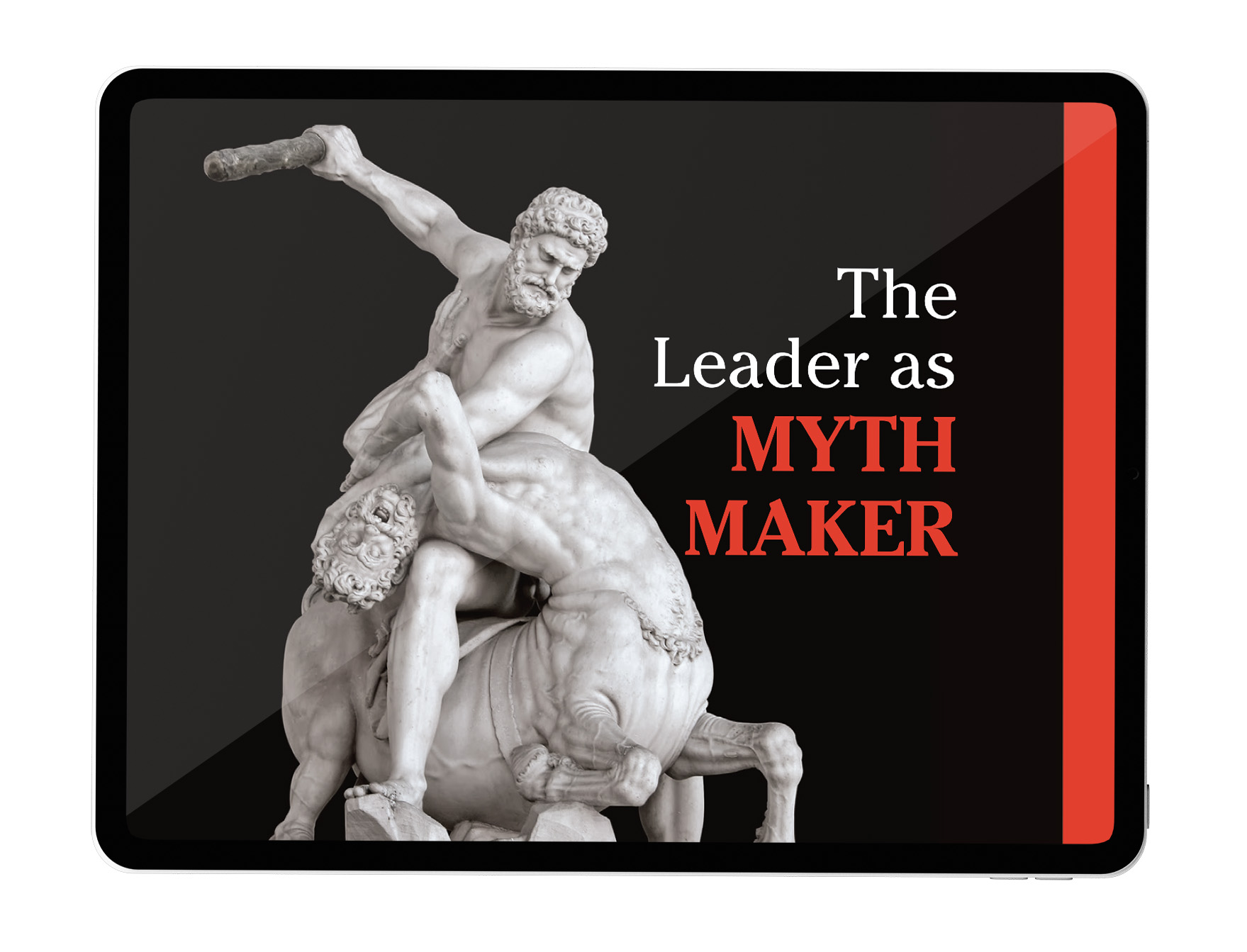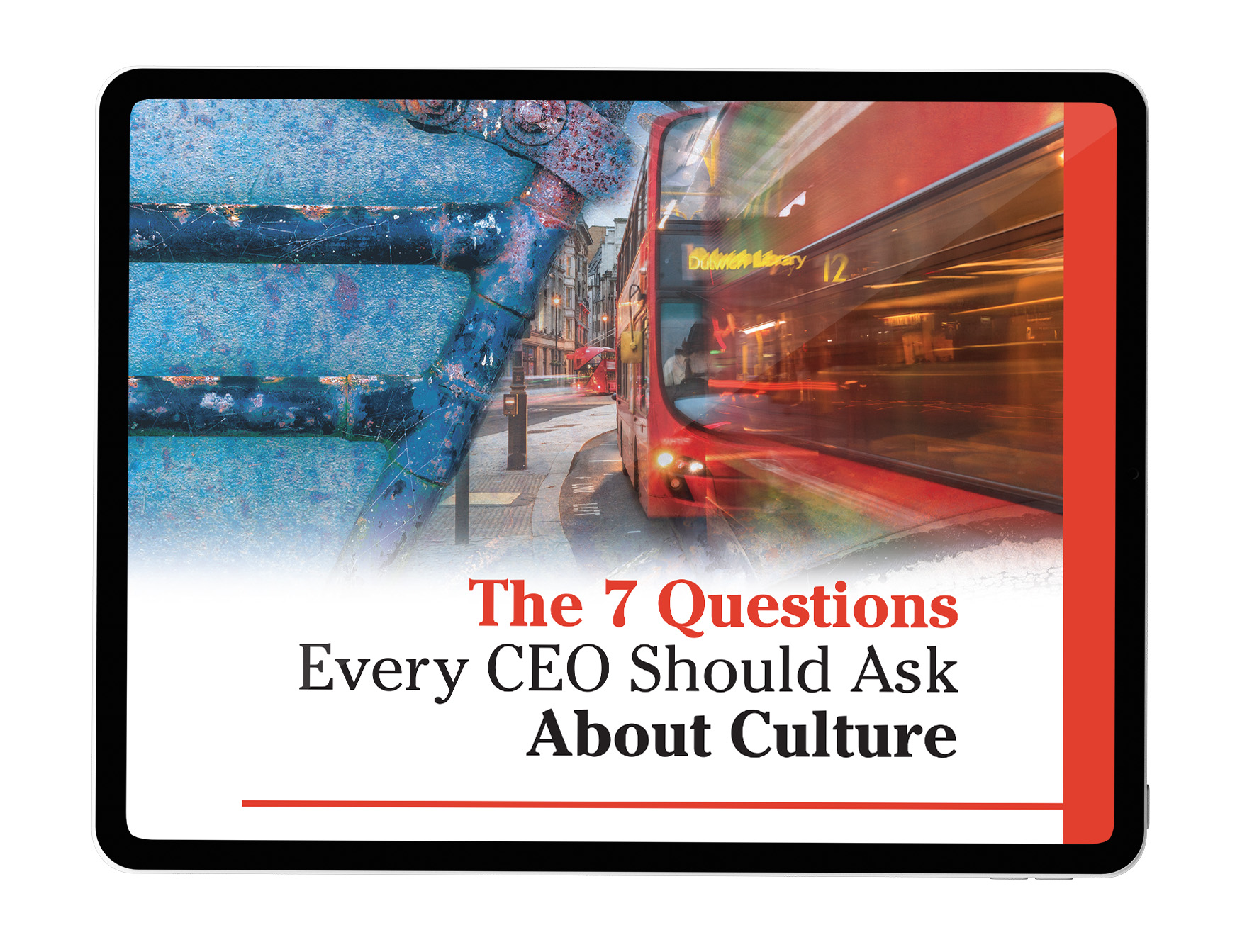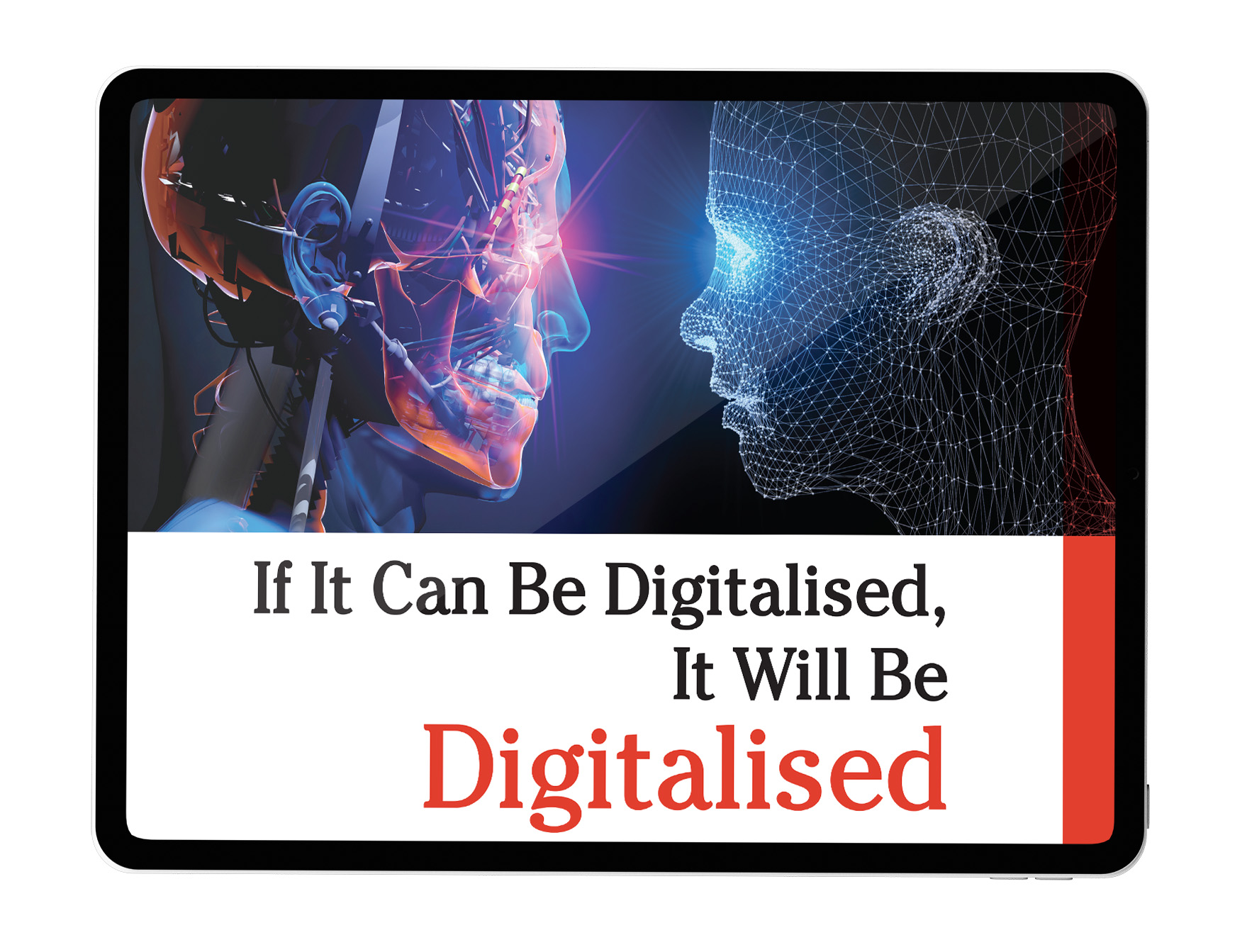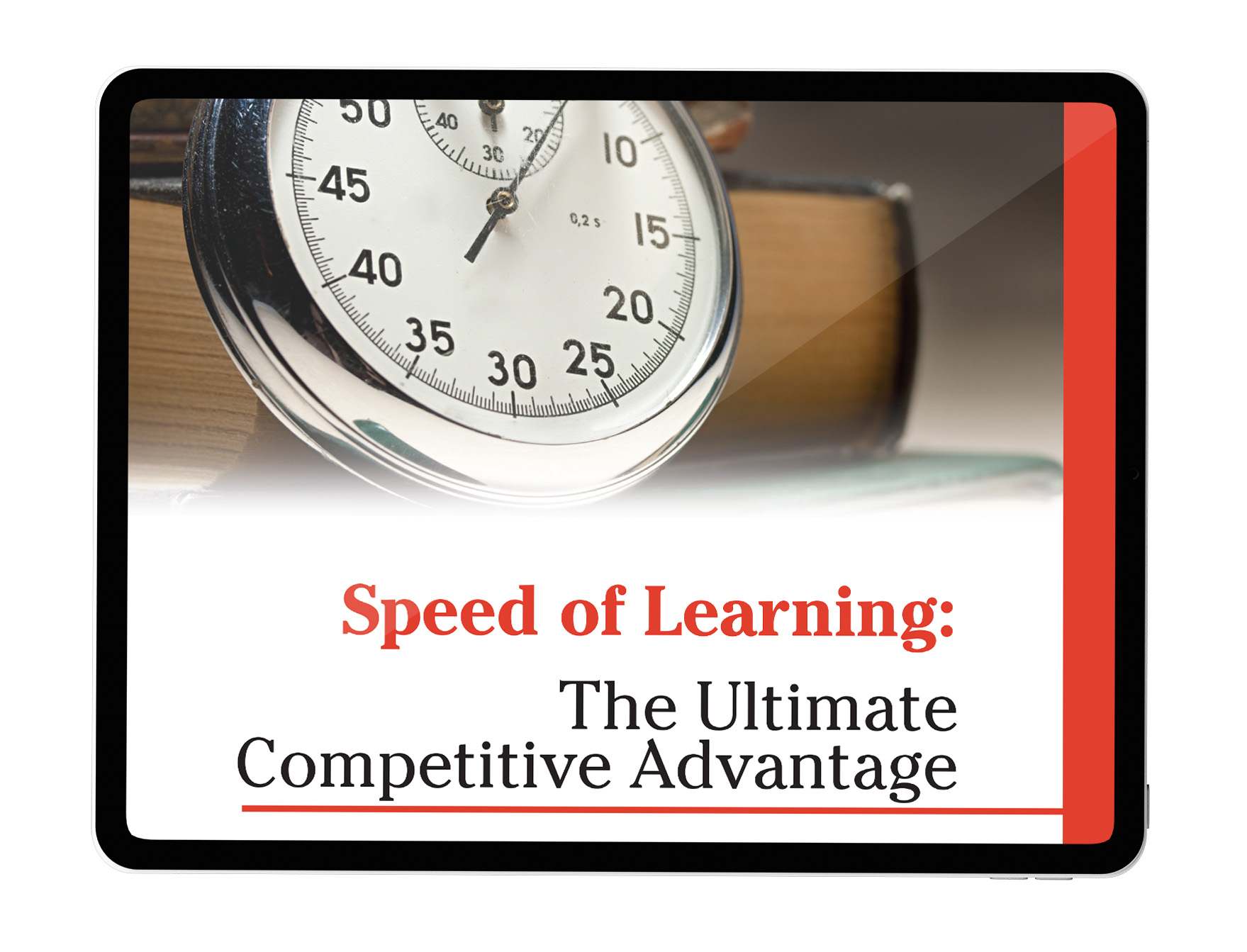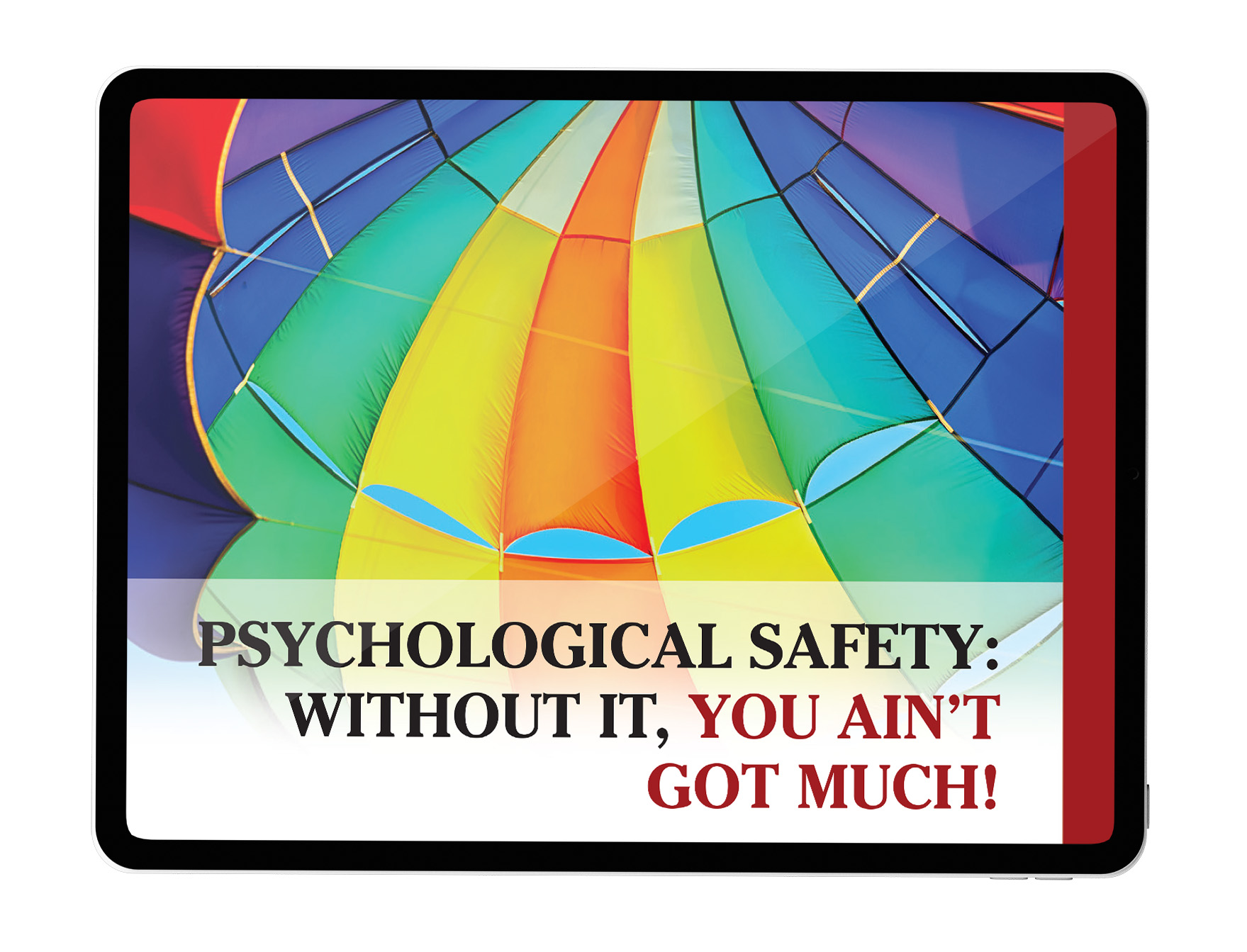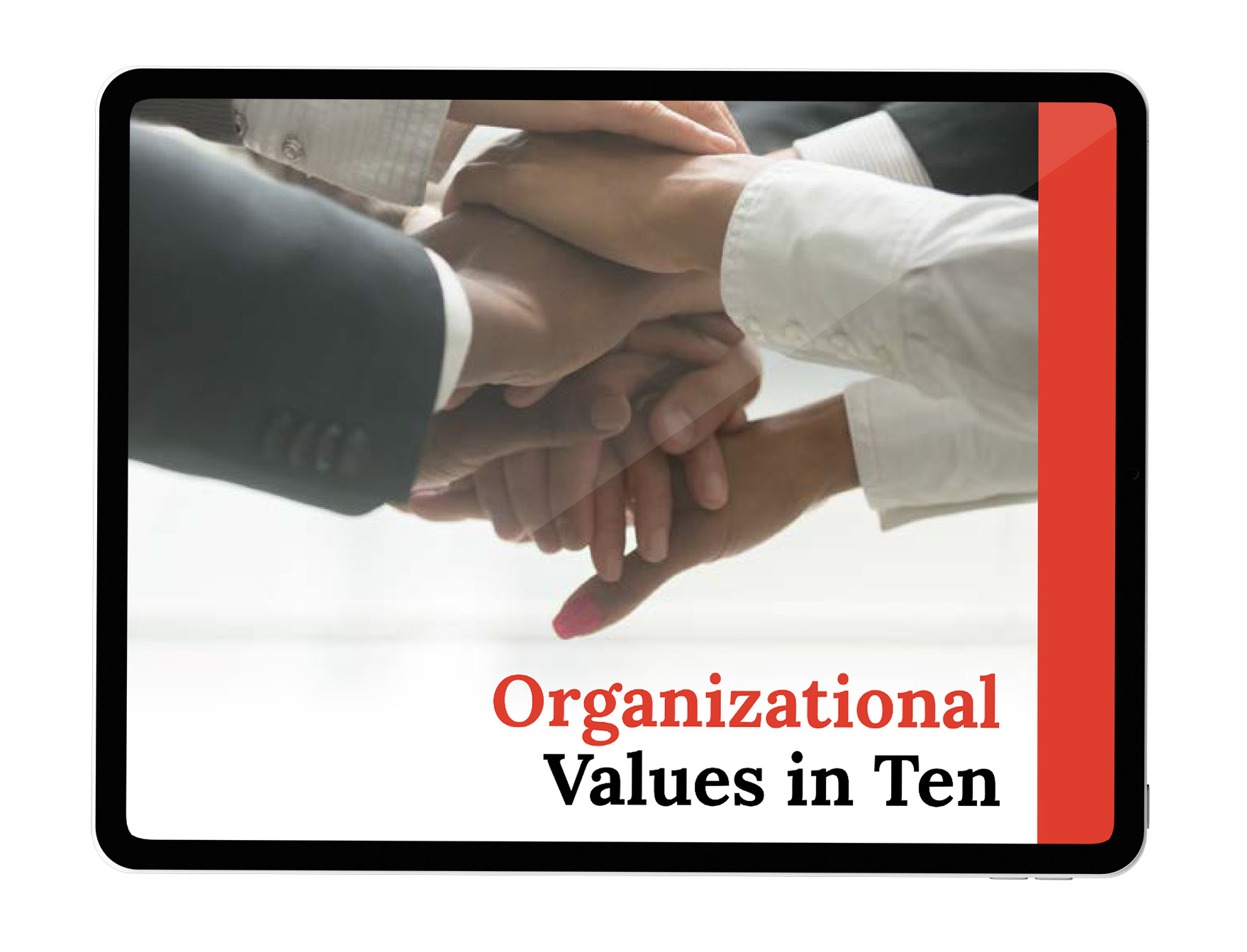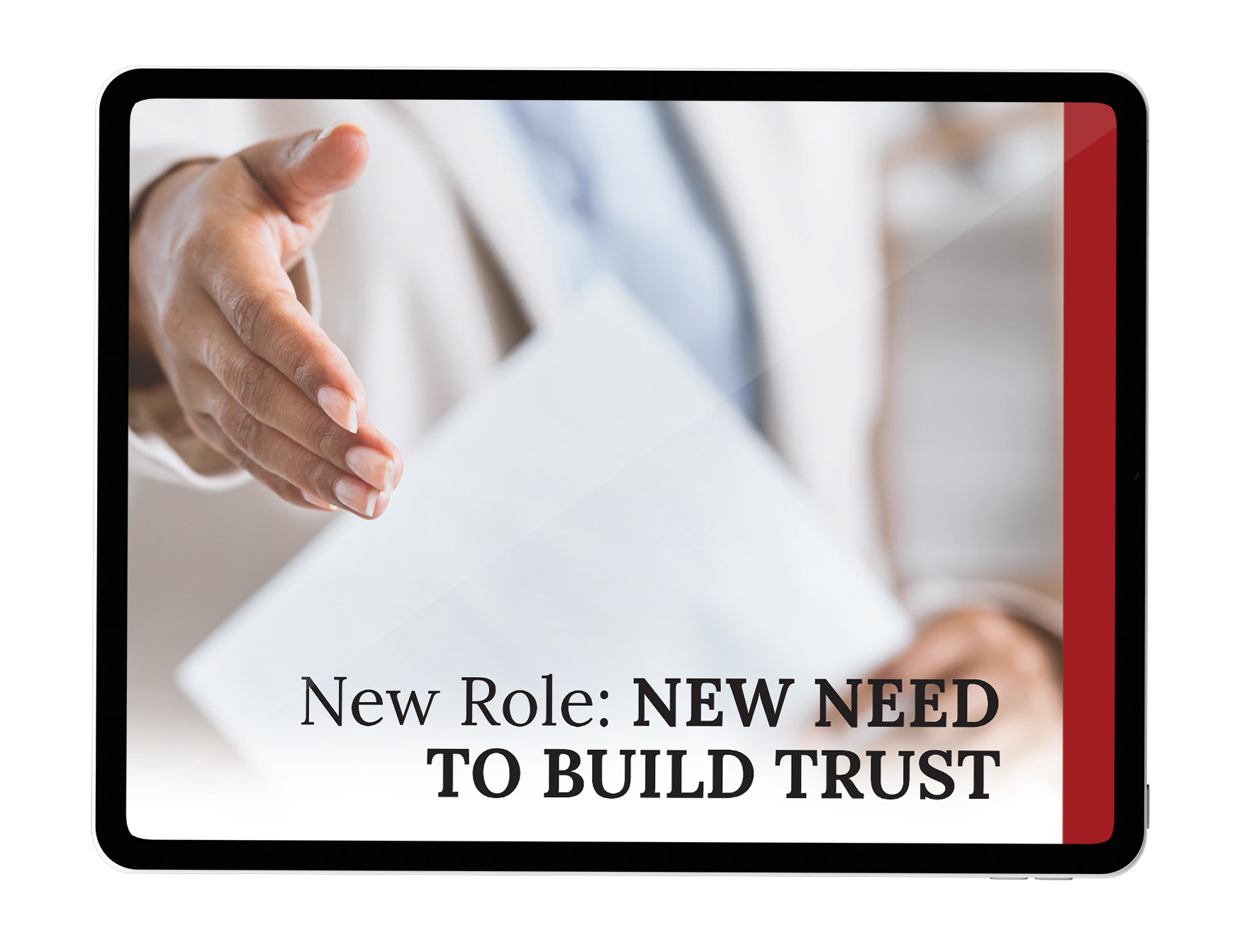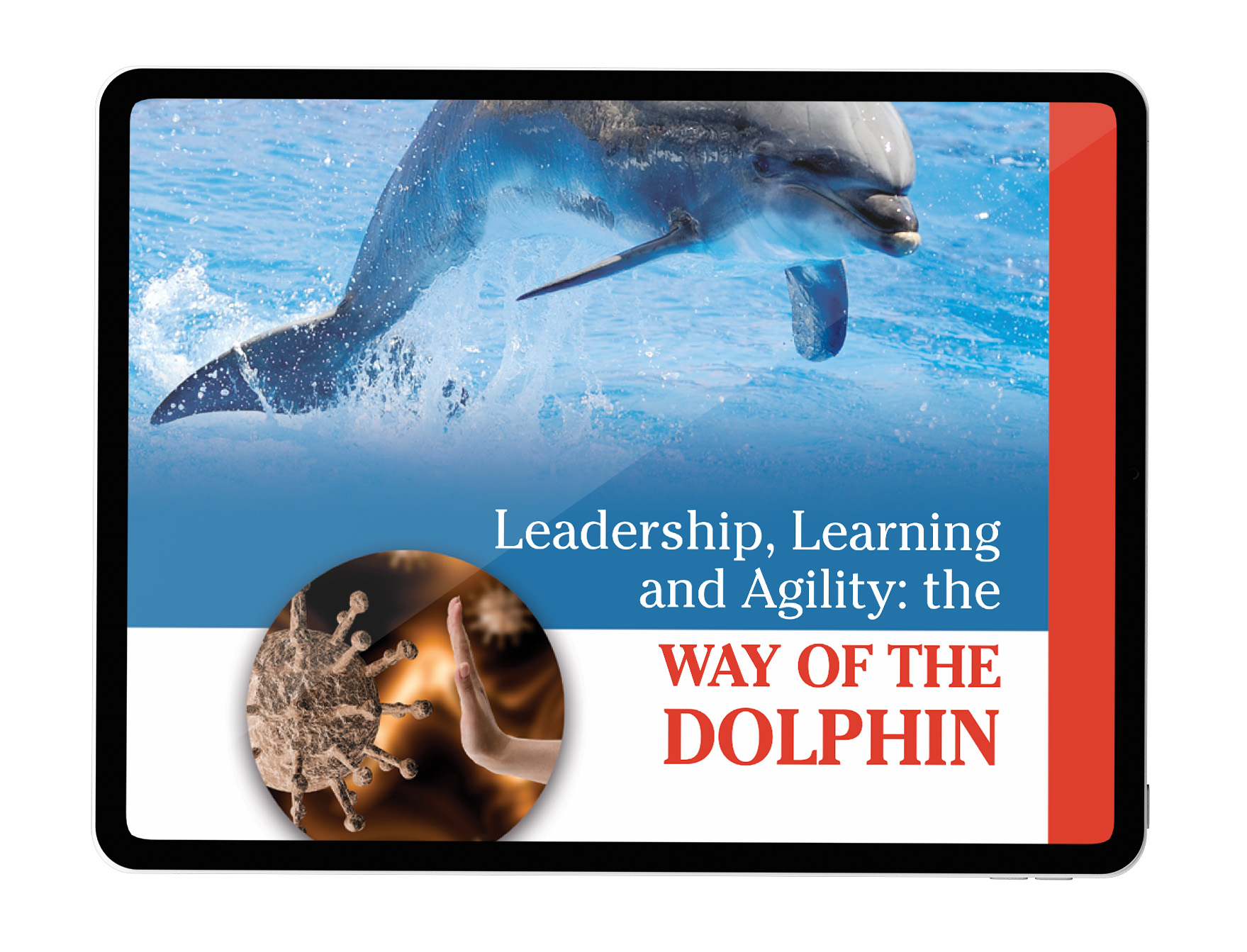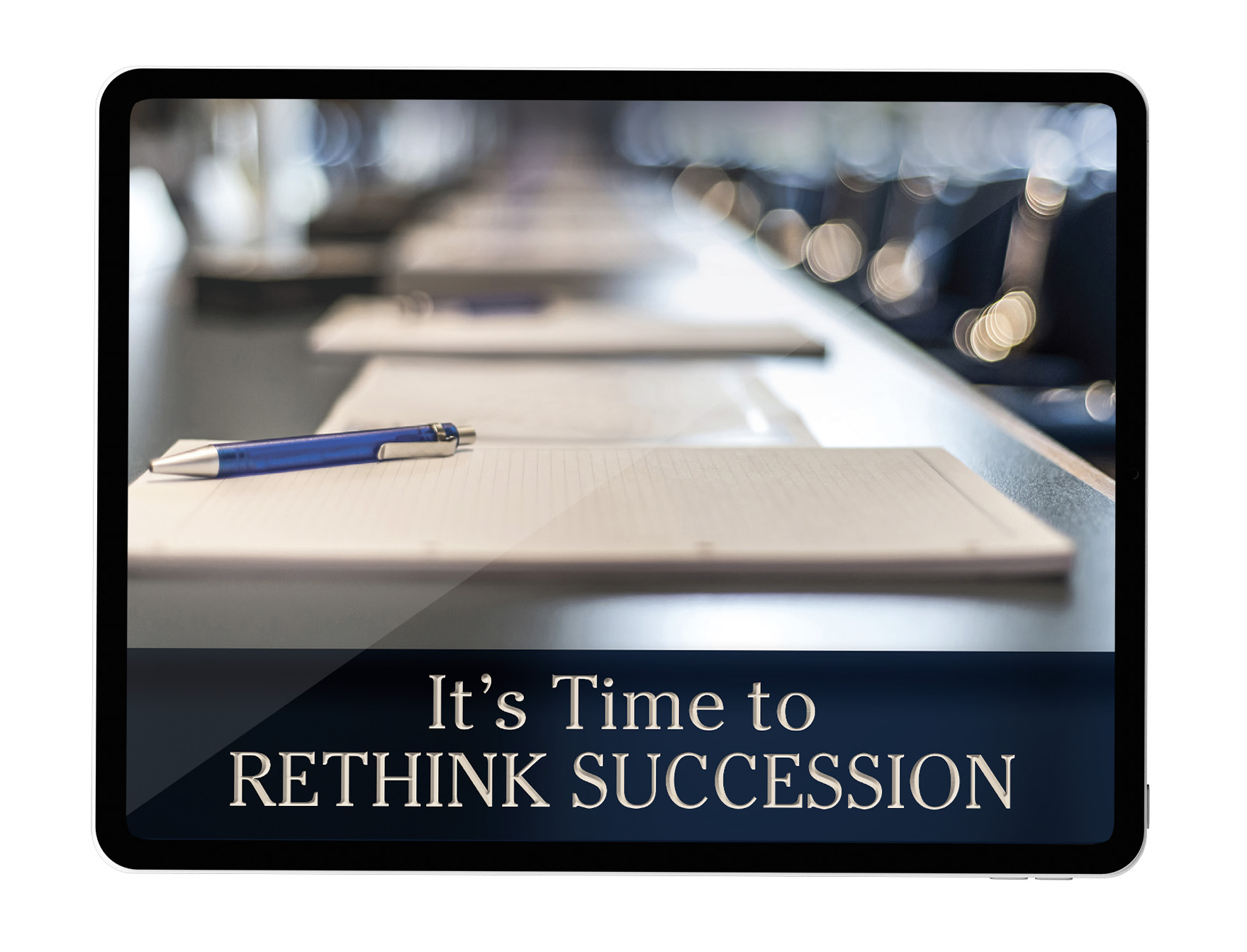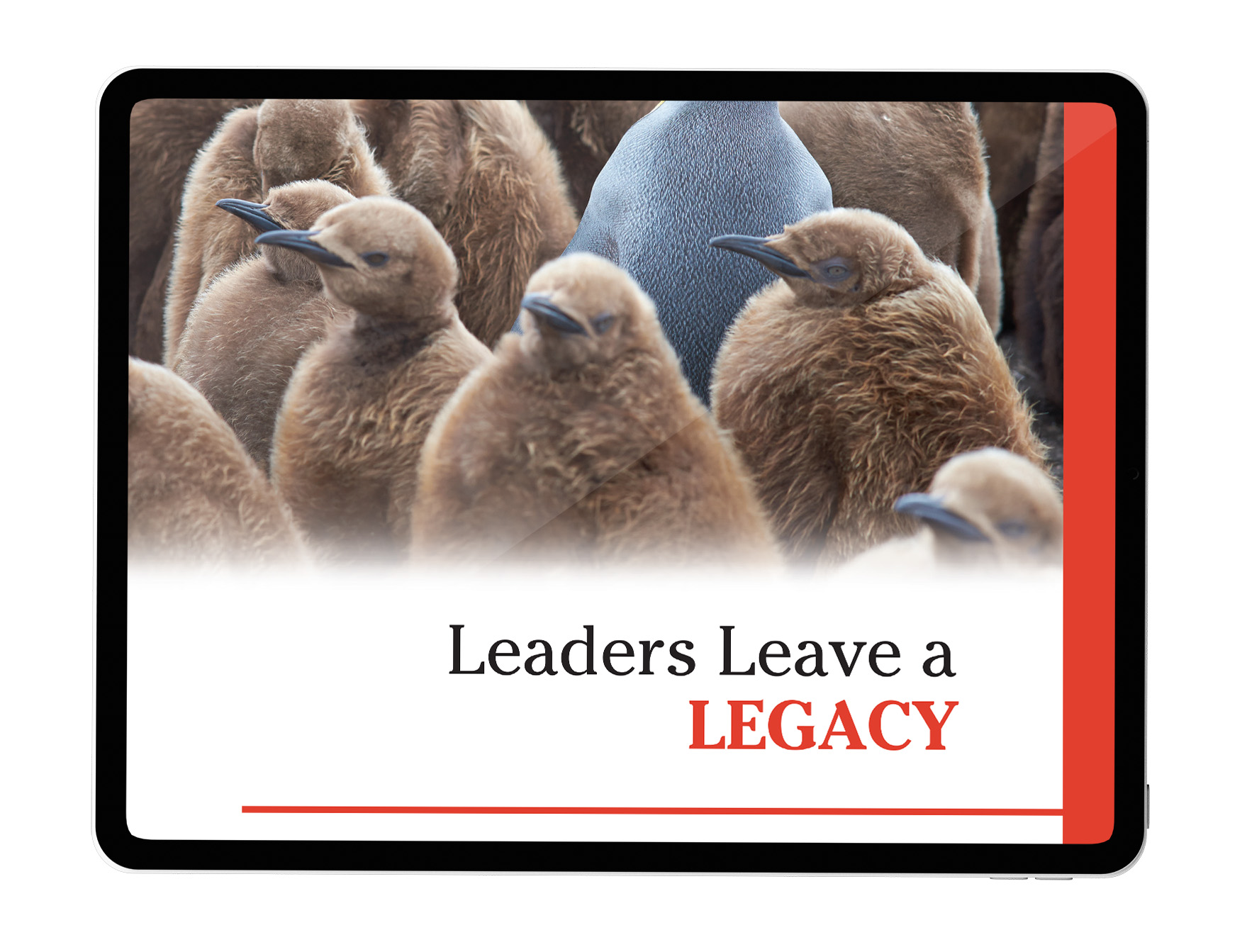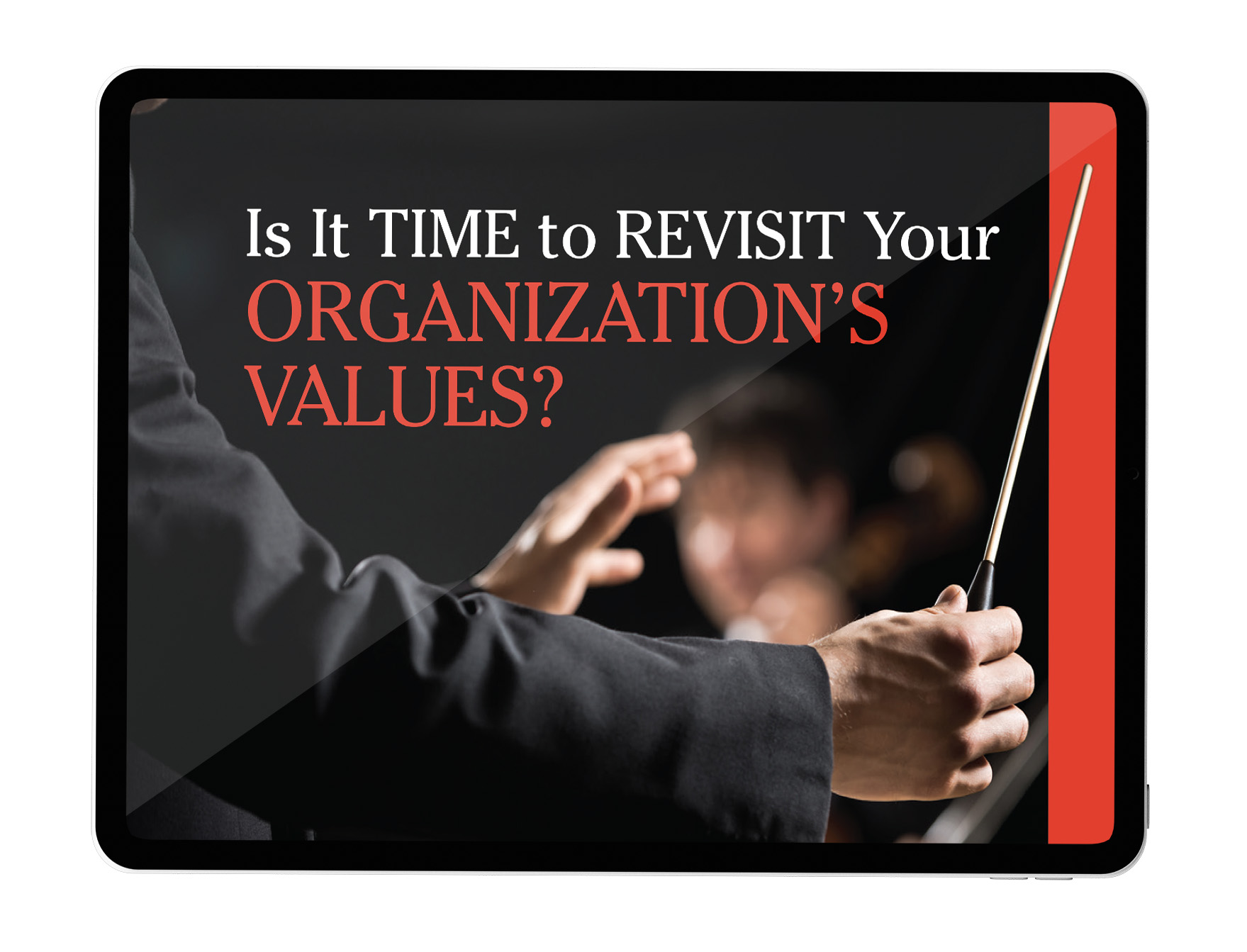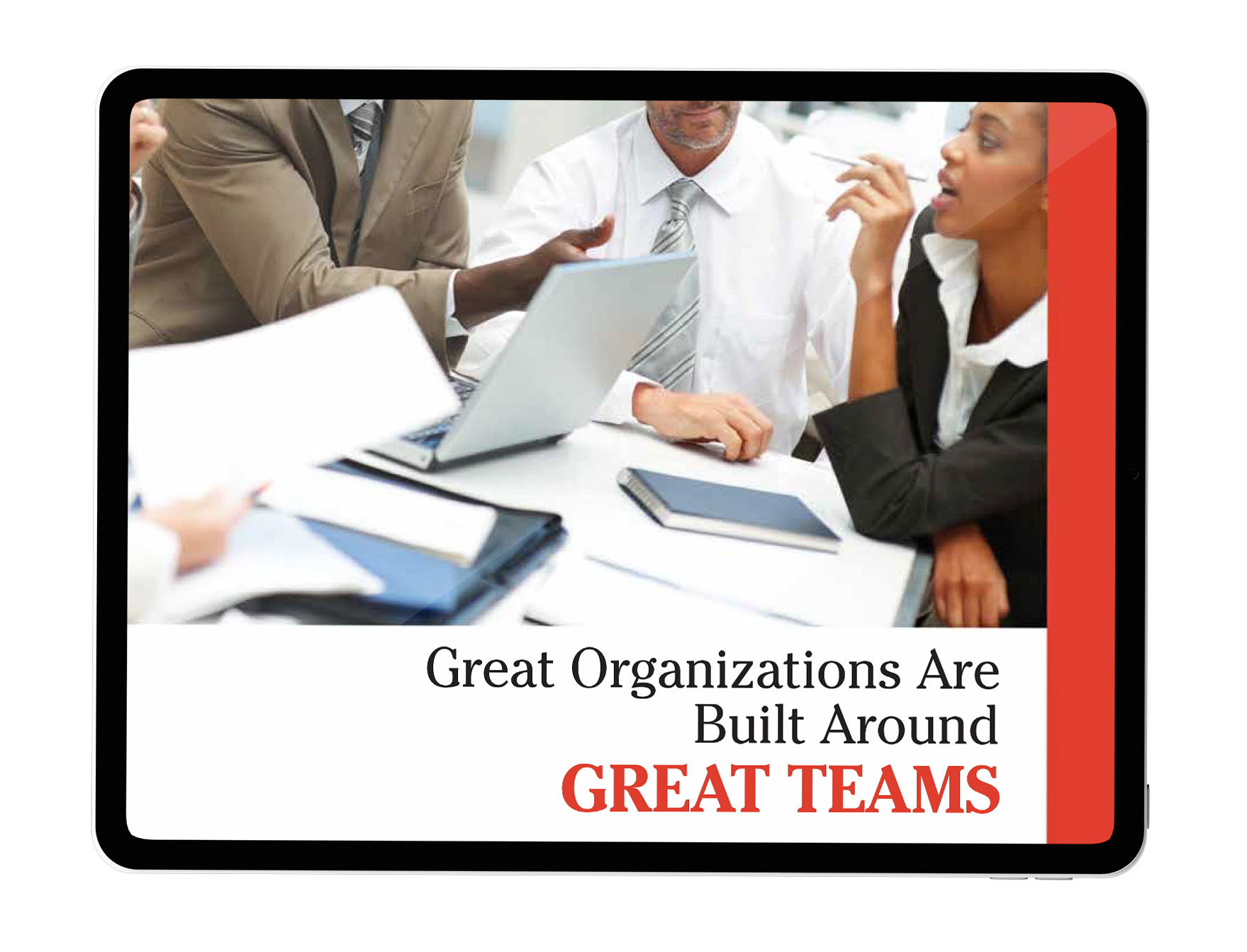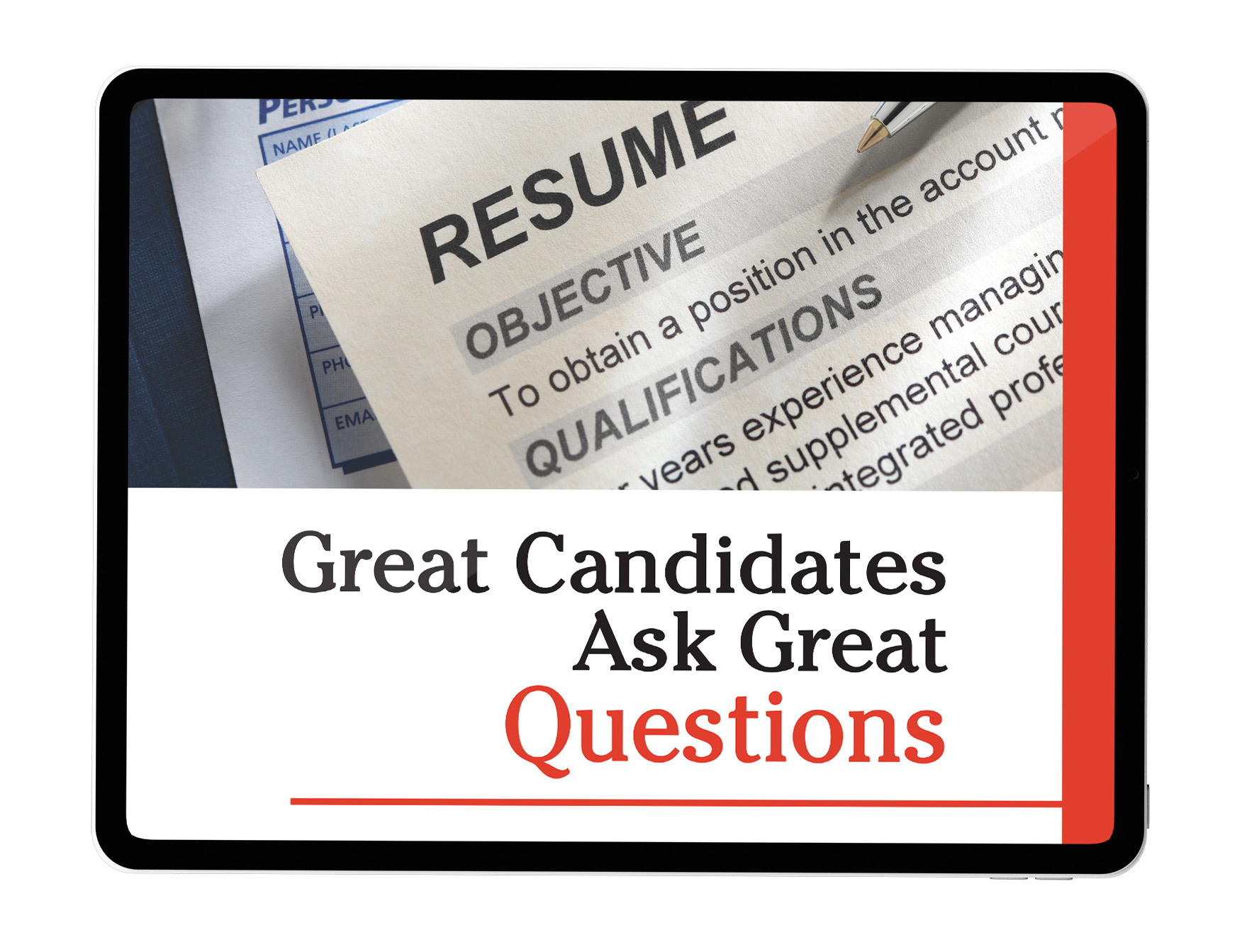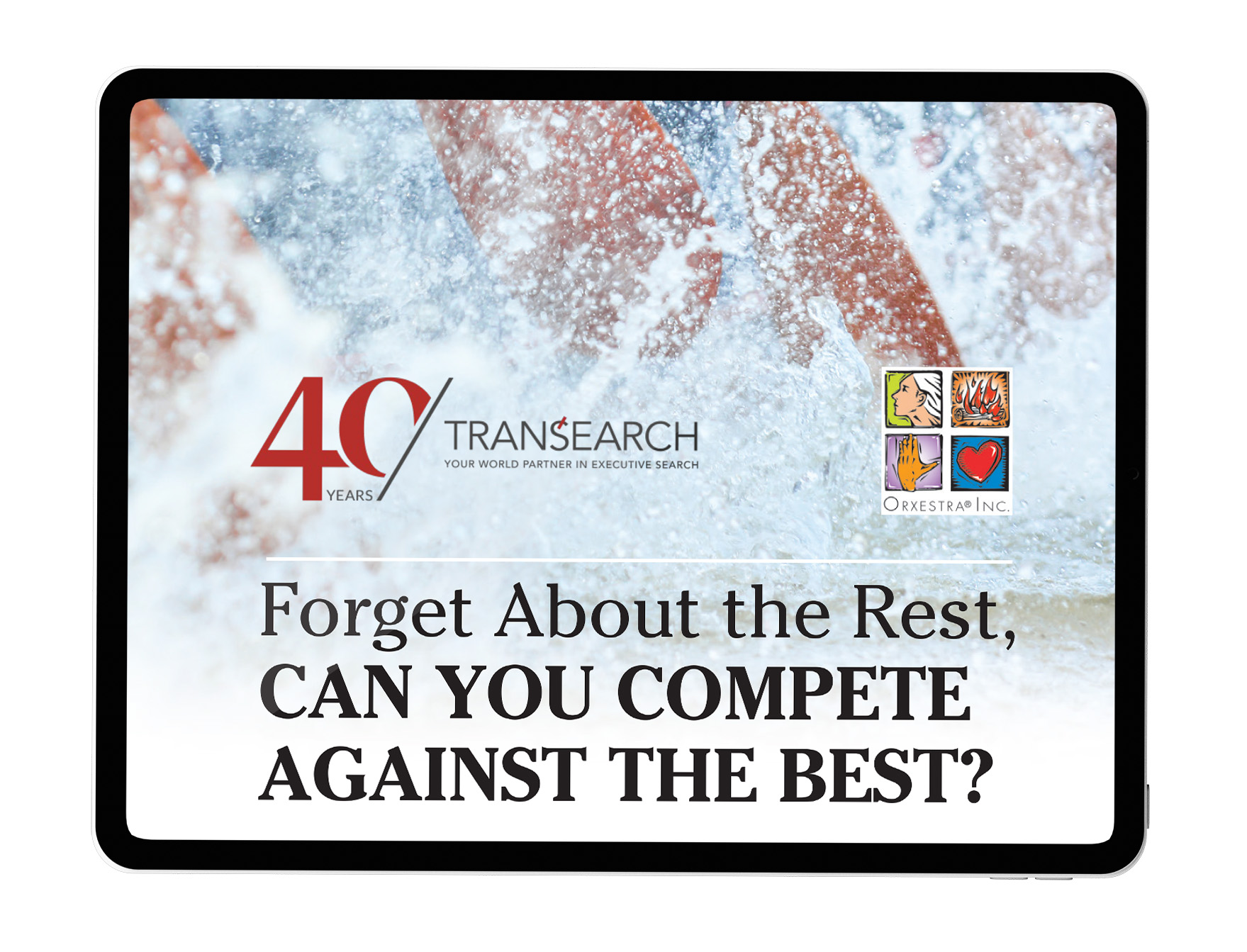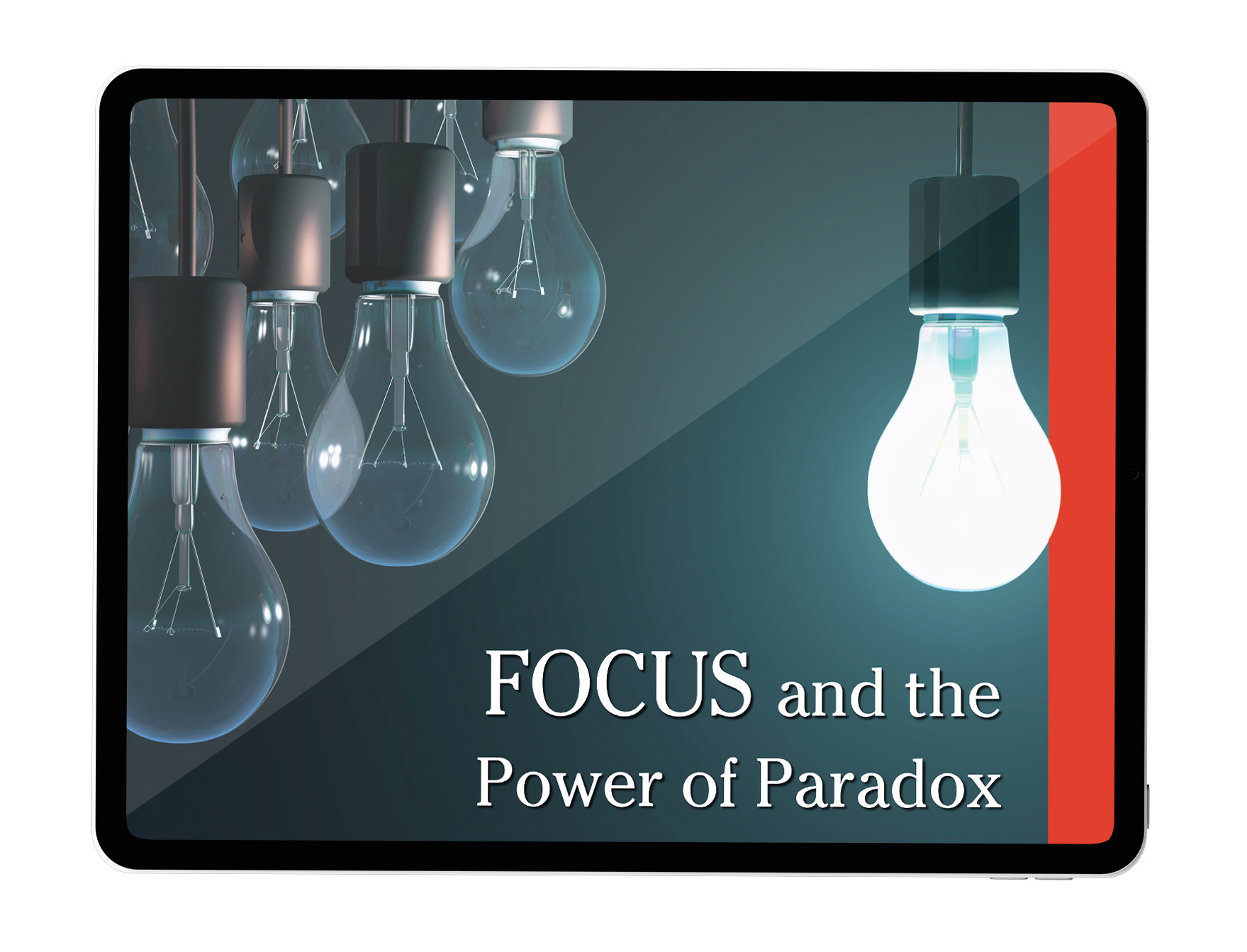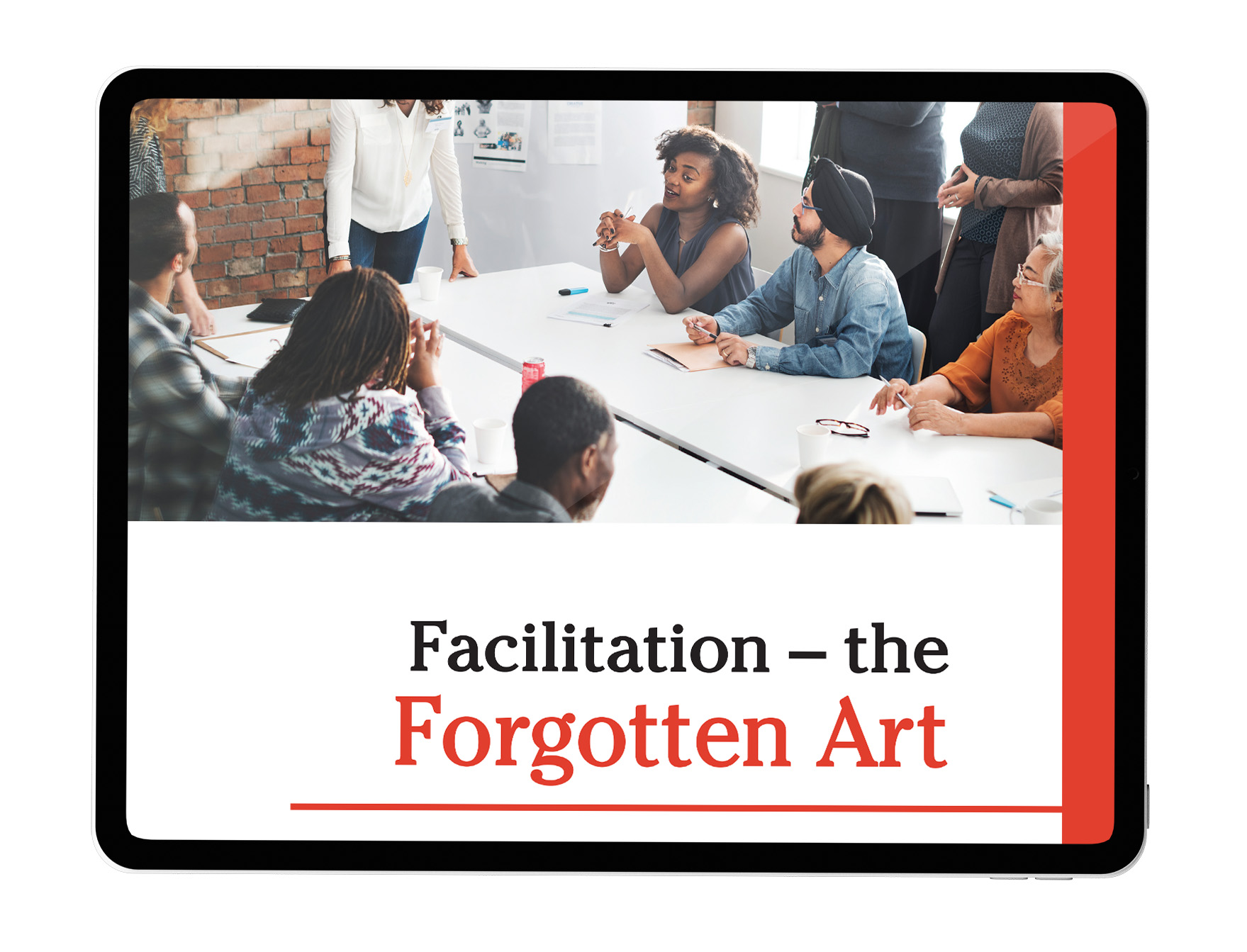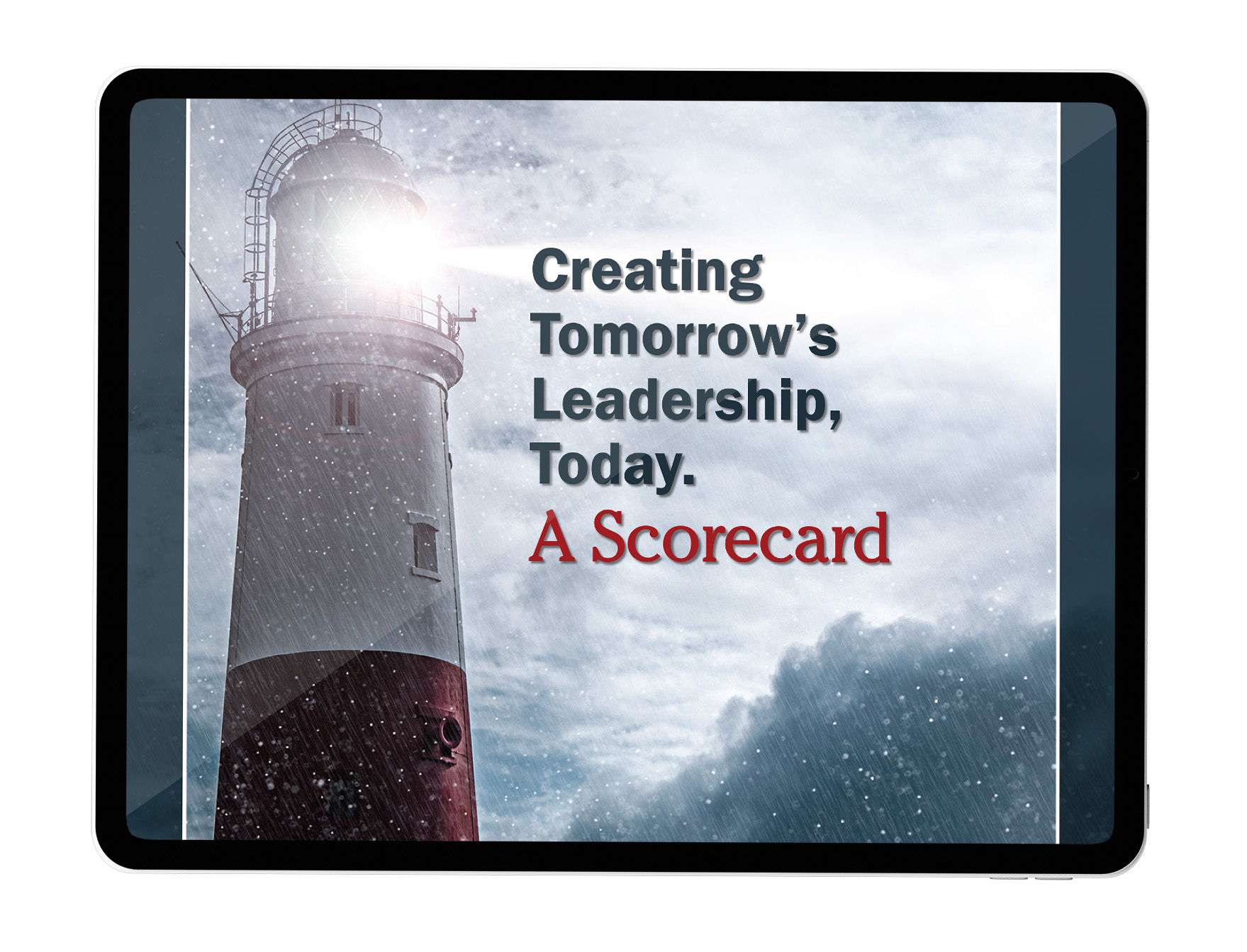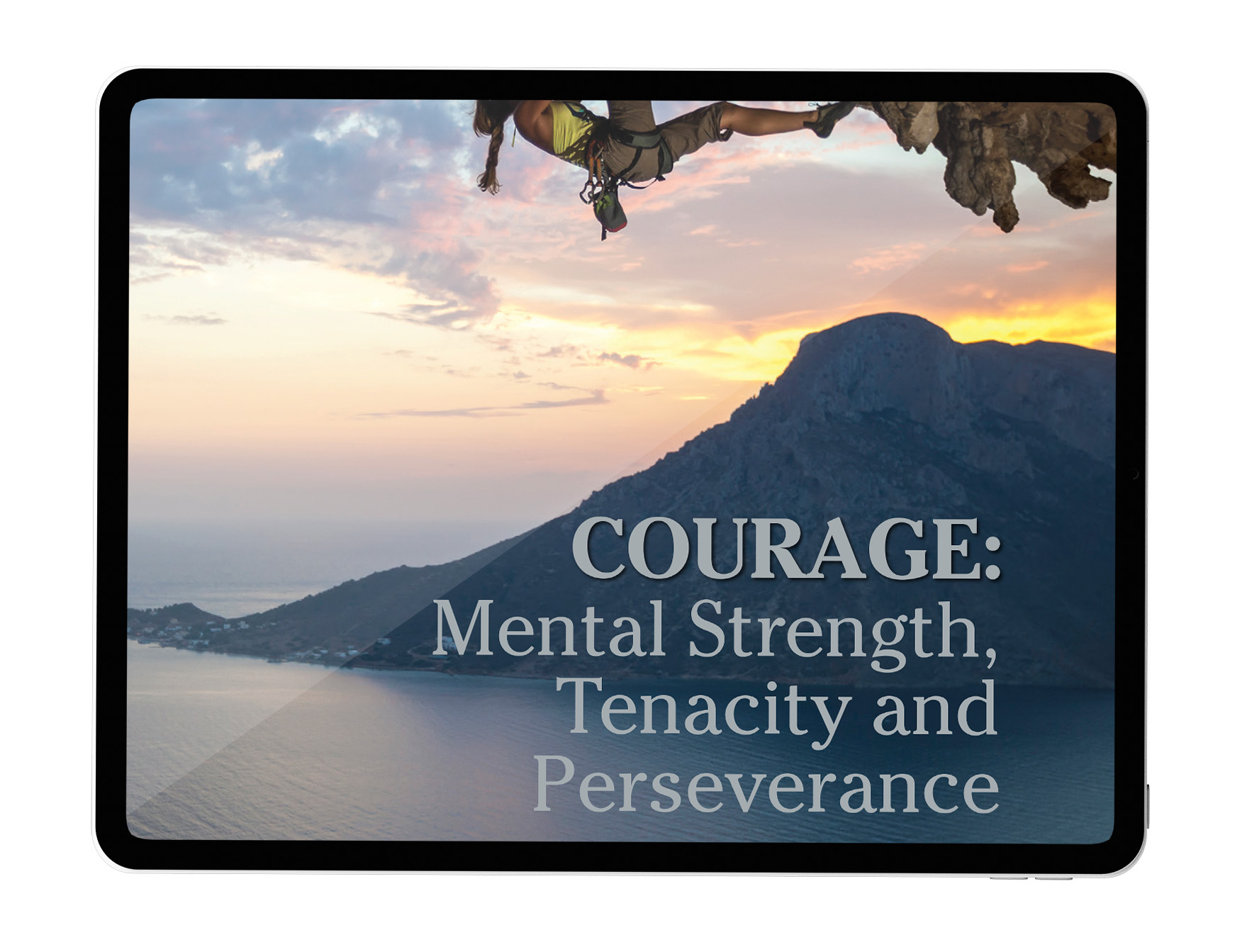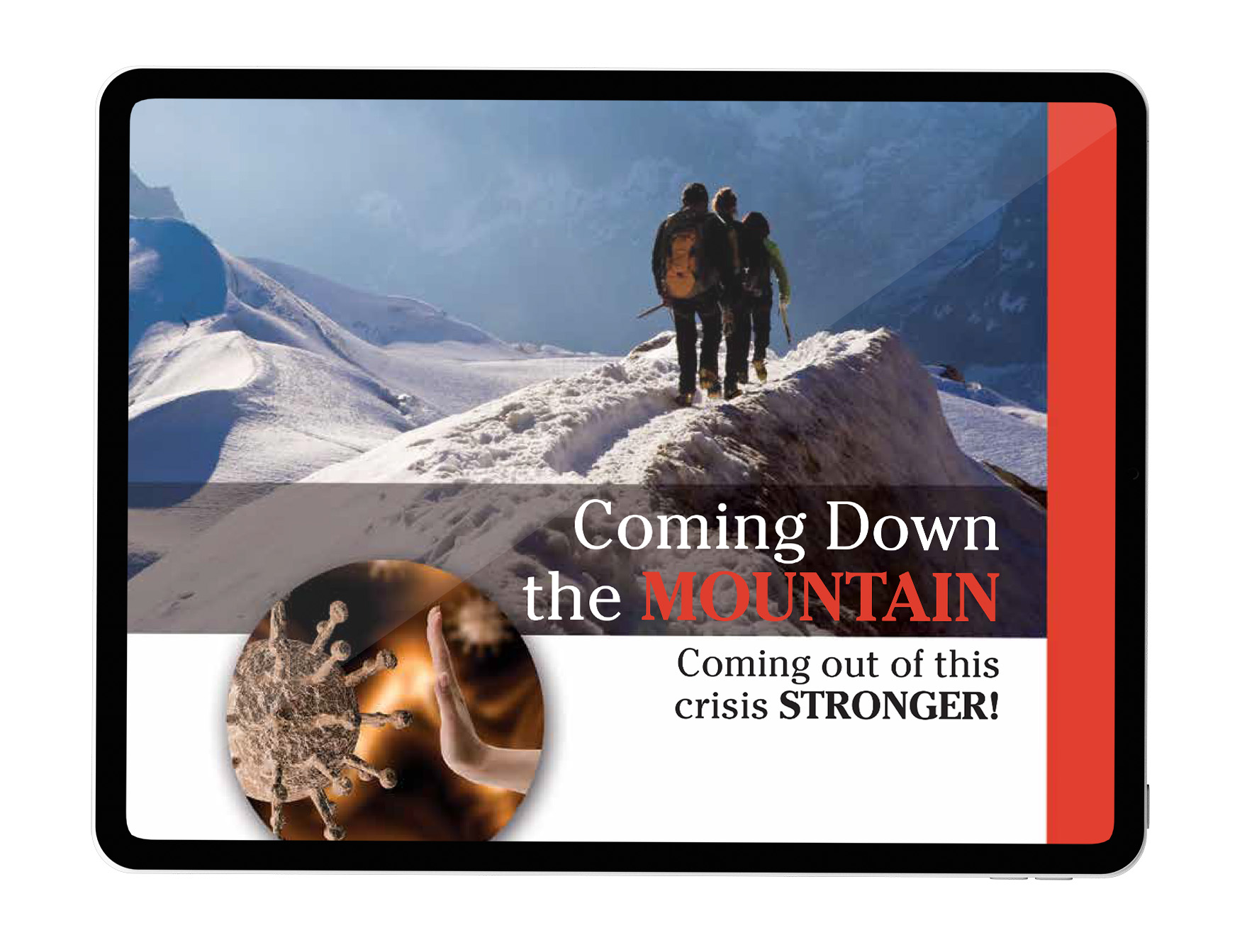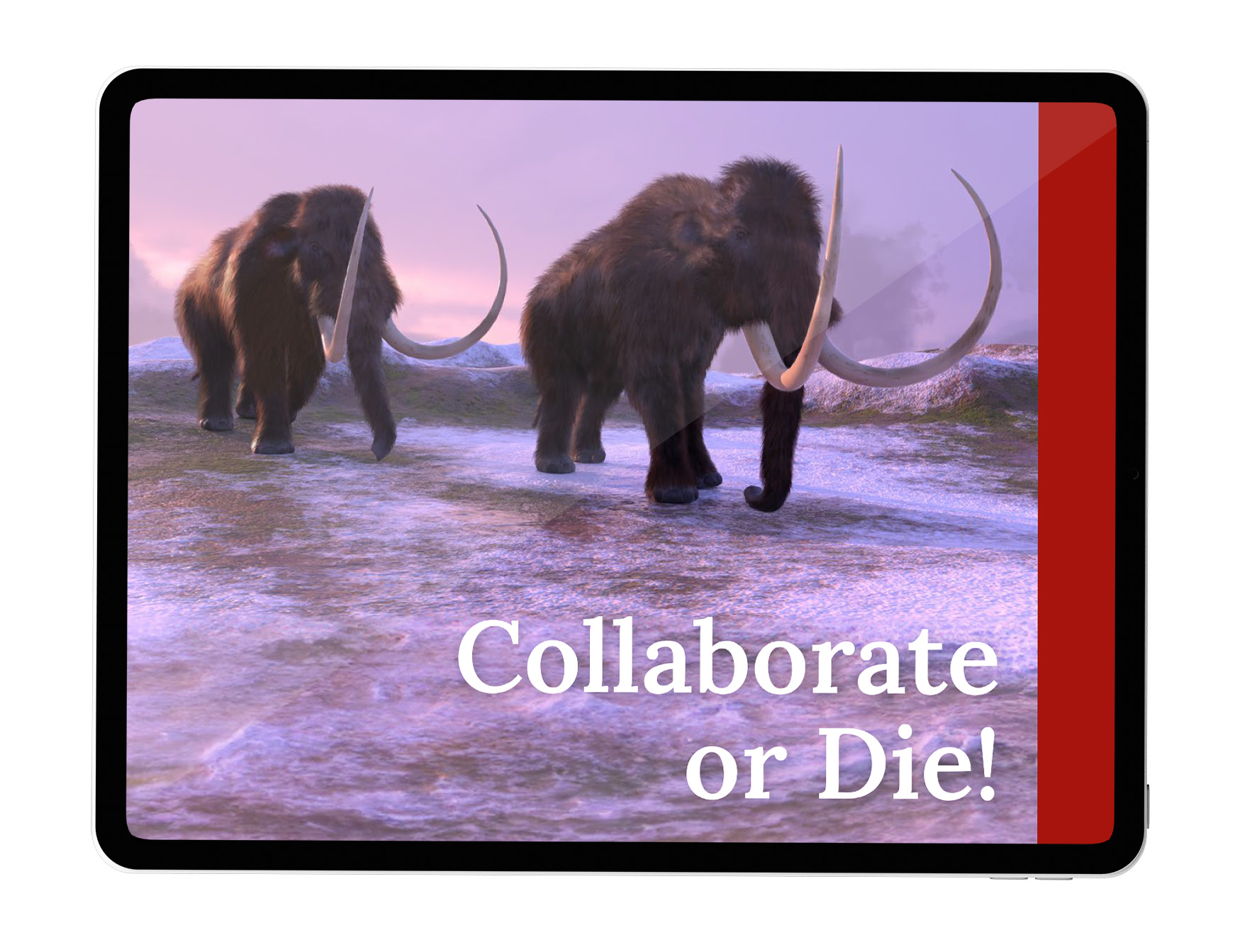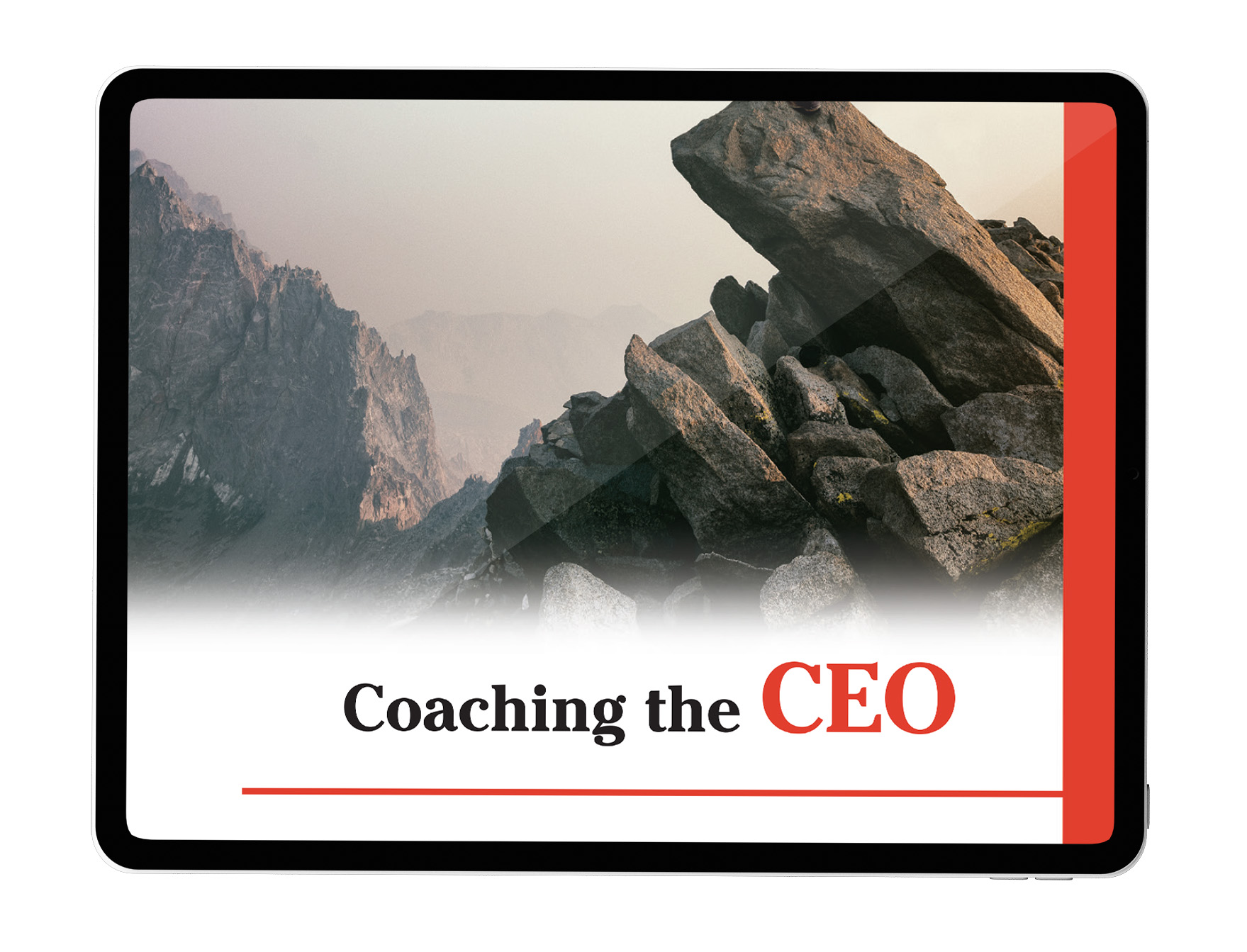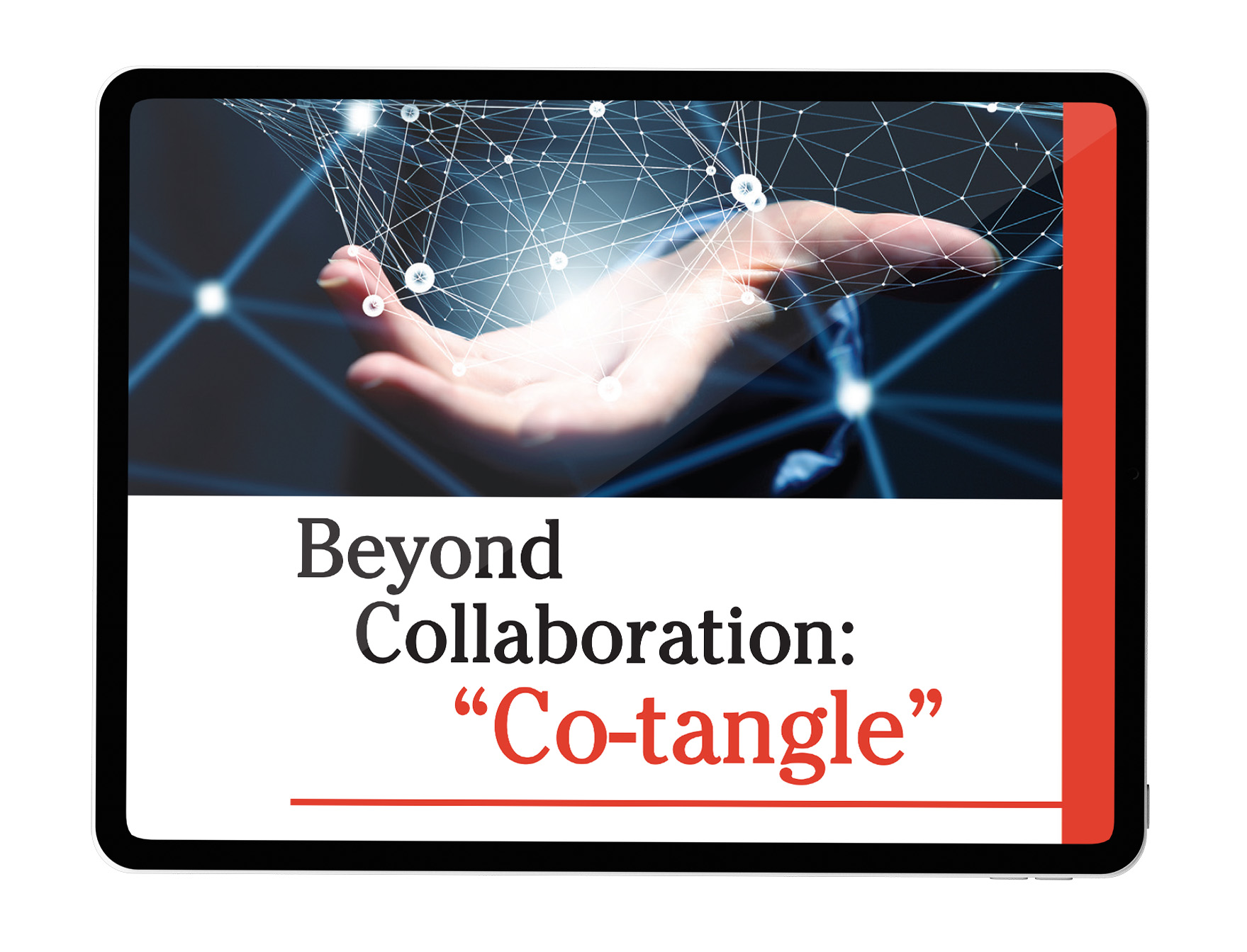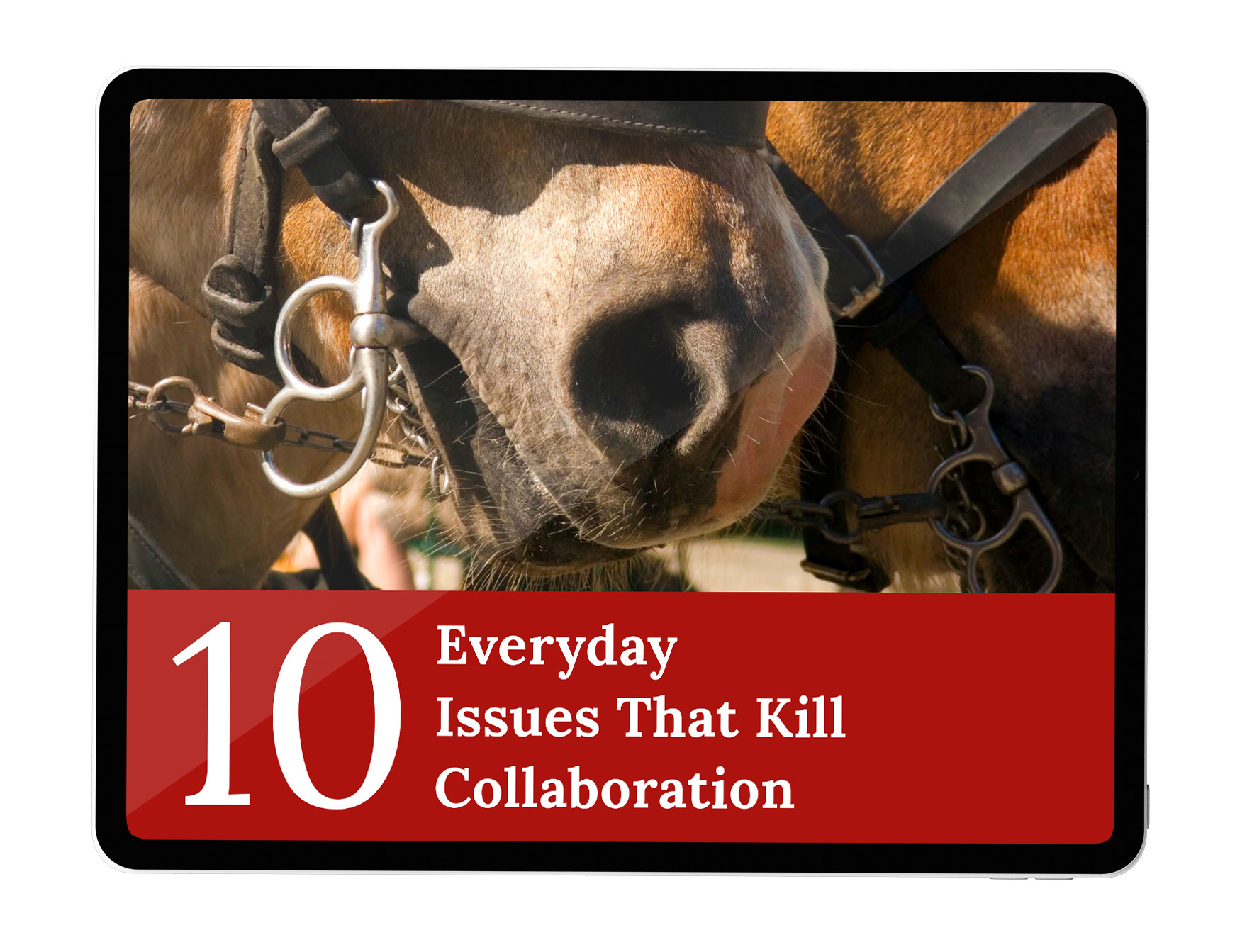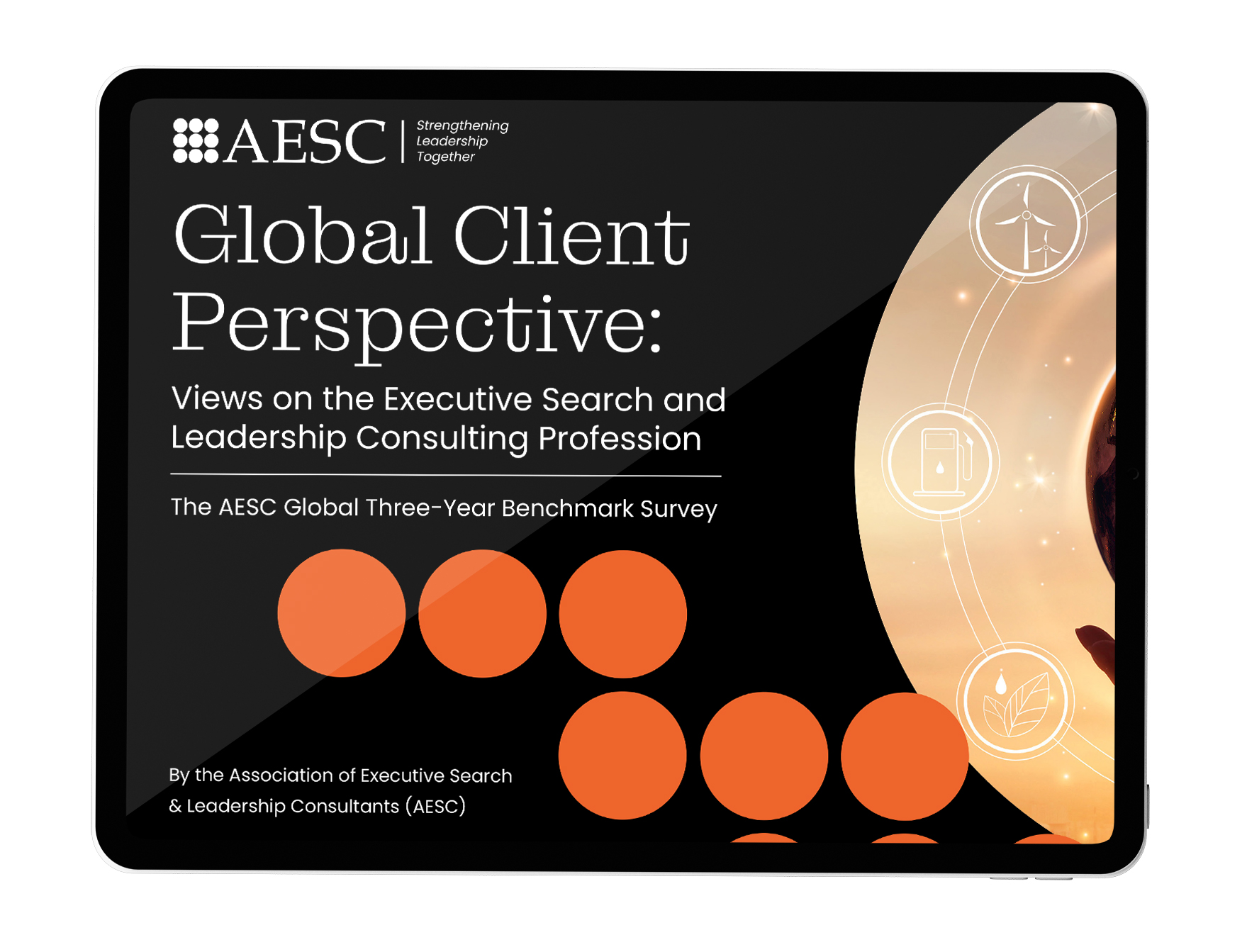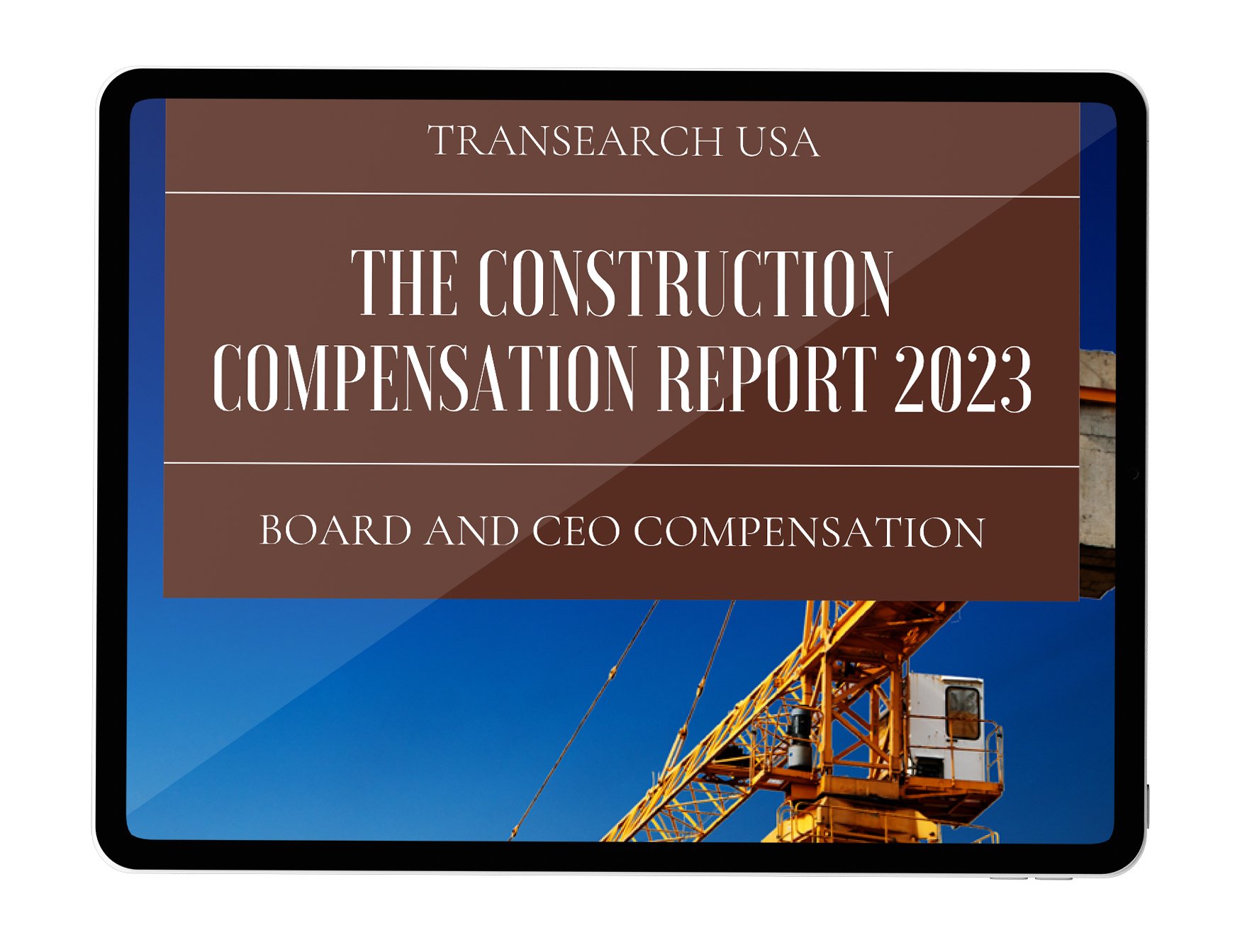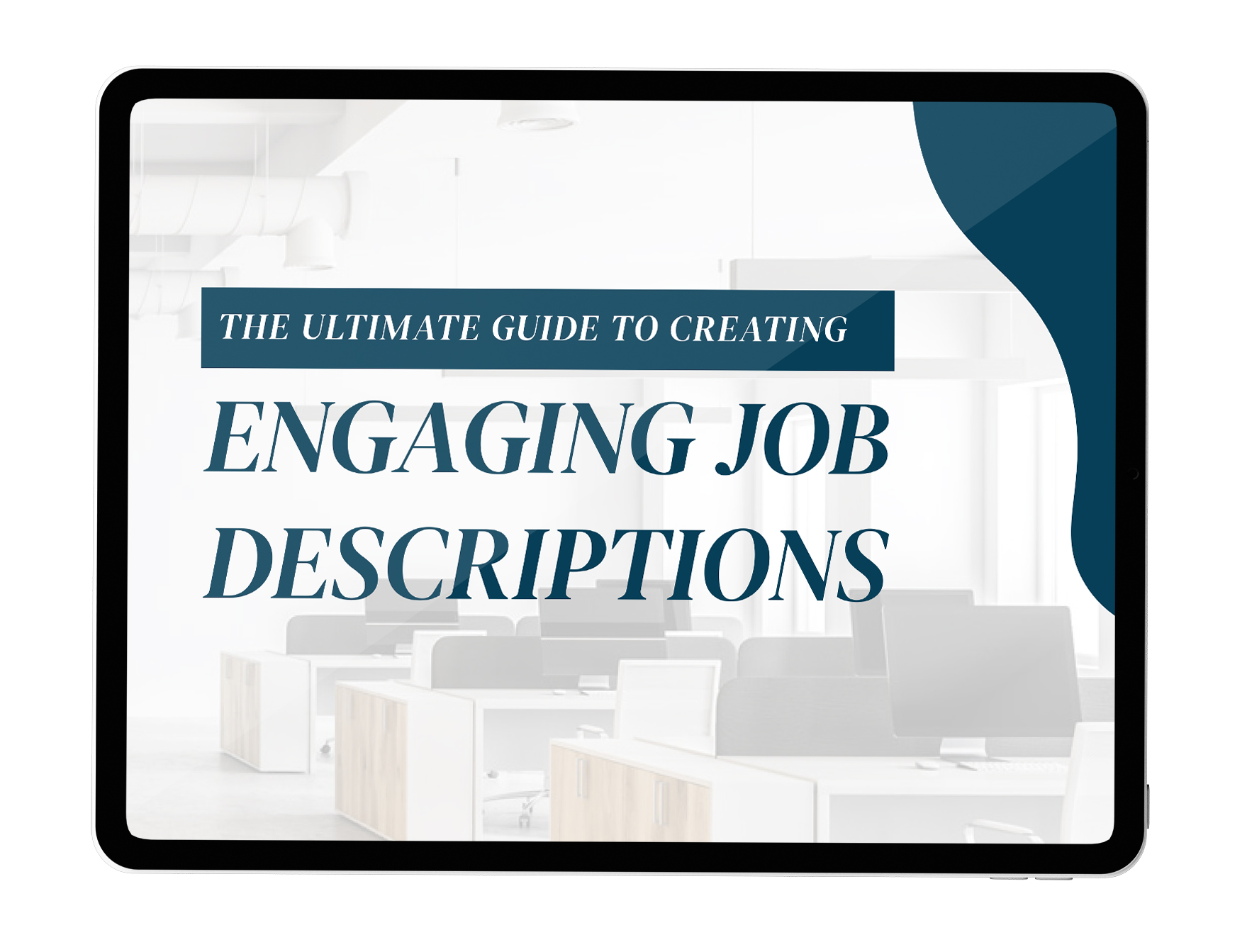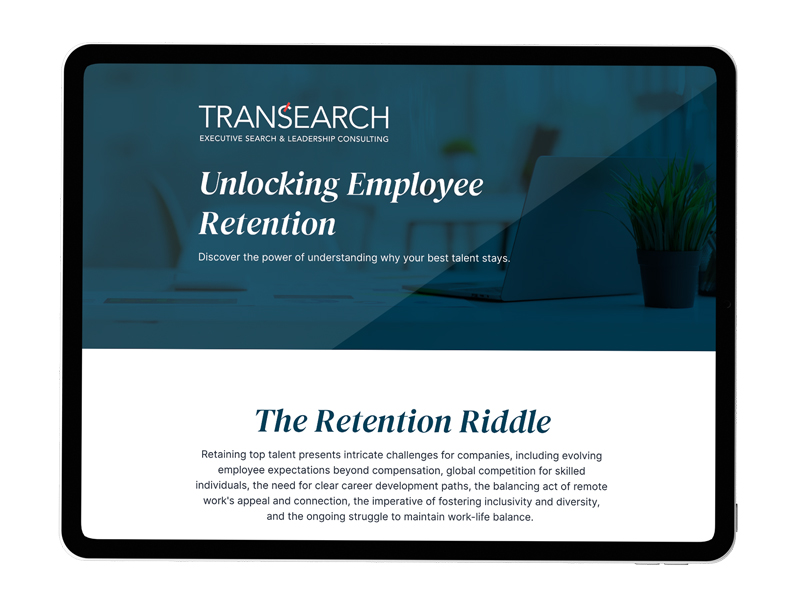Soft skills have moved from peripheral attributes to central indicators of leadership success. The ability to inspire, communicate, adapt, and resolve conflict, once seen as supplementary to hard skills, is now essential to organizational effectiveness and long-term resilience.
Yet with many executive and leadership-level job descriptions, soft skills are either vaguely defined or entirely absent. It is not surprising that these types of attributes can be difficult to define for many people and even tougher for groups to agree on. However, this omission not only limits the effectiveness of your outreach but can skew the results and attract the wrong people by shortchanging the description of the organization’s values and what truly matters to its leaders.
If we want to attract and evaluate candidates who are ready to lead, we must describe the human side of leadership intentionally.

The Case for Soft Skills at the Executive Level
There is no shortage of technically competent leaders. What separates those who succeed from those who struggle, especially in moments of disruption, is their capacity to lead with emotional intelligence, communicate clearly, and build trust in uncertain conditions.
Poor leadership decisions are rarely the result of a lack of hard skills. More often, the challenges stem from misaligned interpersonal styles, breakdowns in communication, or an inability to engage teams in a meaningful way.
By incorporating a thoughtful list of soft skills into your job descriptions, you’ll attract better candidates, clarify your expectations, reinforce your culture, and set a higher standard for leadership.
Defining Soft Skills With Clarity and Precision
The phrase “soft skills” itself can feel vague or subjective. What does “strong communication” really mean? What does “collaborative” look like in practice? To be effective, soft skills must be defined in terms of behaviors, situations, and outcomes.
Consider replacing abstract descriptors with actionable statements that reflect how the skill is demonstrated in a leadership context:
- “Communicates with transparency and purpose, especially during periods of change.”
- “Listens actively and engages stakeholders in ways that build alignment and trust.”
- “Demonstrates emotional intelligence under pressure, balancing empathy with accountability.”
- “Builds inclusive teams and fosters an environment of psychological safety.”
- “Navigates ambiguity with clarity, composure, and strategic focus.”
These are not just ideals but observable traits that influence daily performance and long-term outcomes.
Tailoring Soft Skills to Your Context
Every organization has a unique culture and leadership rhythm. The soft skills you highlight in job descriptions should reflect your specific environment and strategic direction. For example:
- A company navigating rapid growth may prioritize agility, decisiveness, and resilience.
- A global enterprise might seek cross-cultural fluency, influence without authority, and systems thinking.
- A mission-driven nonprofit could emphasize empathy, listening, and values-driven decision-making.
By being intentional in the list of soft skills you highlight, you communicate your expectations and identity as an organization.
Soft Skills and the Candidate Experience
Soft skills aren’t just something candidates bring to the table; they also expect to see in you. The leaders you want to attract are paying attention to how you describe roles, talk about culture, and whether your hiring process reflects the skills you claim to value.
A job description that articulates soft skills clearly can serve as a signal of your organization’s self-awareness and leadership maturity. It sets the tone for everything that follows: interviews, onboarding, and ultimately, performance.
What RENEW by TRANSEARCH Can Do
Through our RENEW leadership development services, TRANSEARCH partners with organizations to refine not only how they hire but also how they grow, align, and assess leadership capability. This includes helping define the behavioral competencies that matter most to your business and building them into your job descriptions, leadership models, and executive development plans.
Our approach integrates strategic clarity with human insight because great leadership is not just about driving results; it’s about how those results are achieved.
Soft Skills as Strategic Advantage
Hiring for soft skills is not about compromising standards. It’s about recognizing that technical expertise is not enough. Today’s most effective leaders are those who build followership, foster inclusion, and help organizations adapt and thrive through uncertainty.
When you build job descriptions that reflect this, you aren’t just writing a better document; you’re shaping a more thoughtful, strategic approach to leadership at every level of your organization.





















